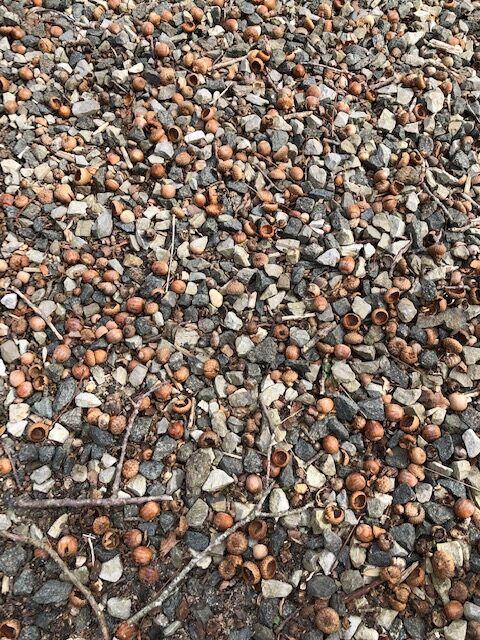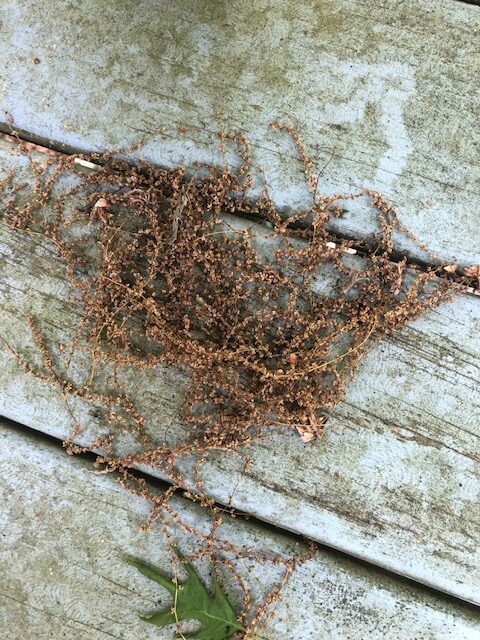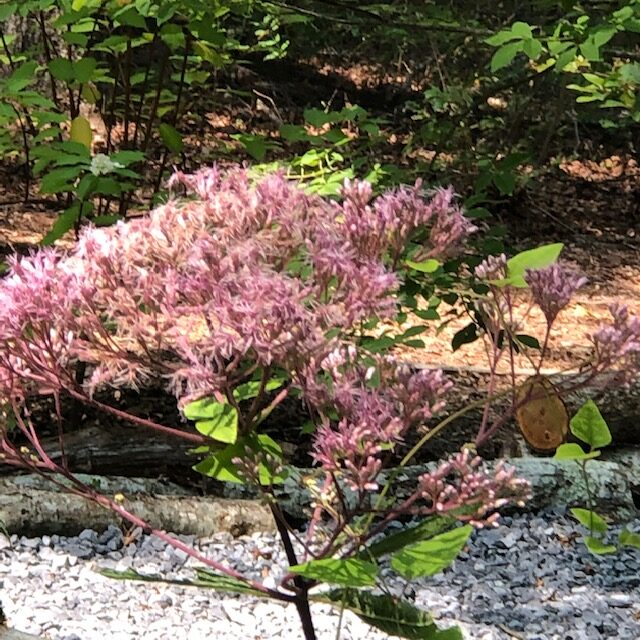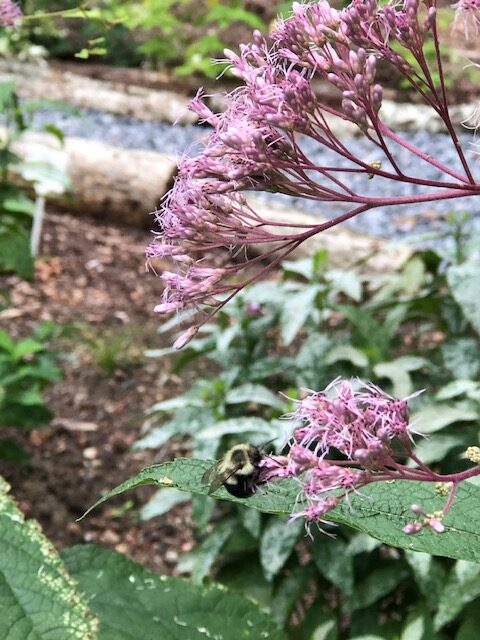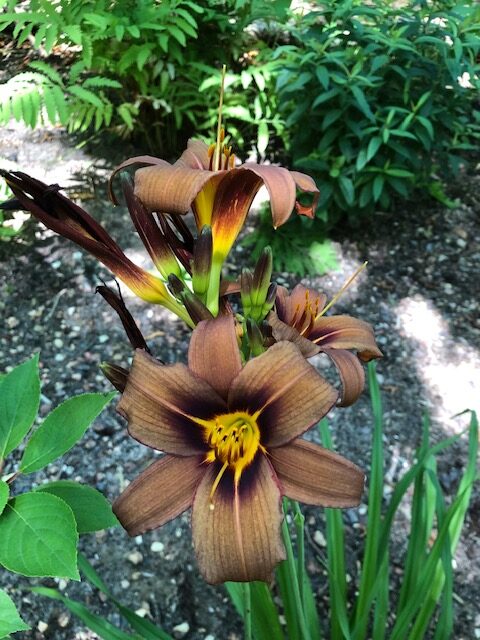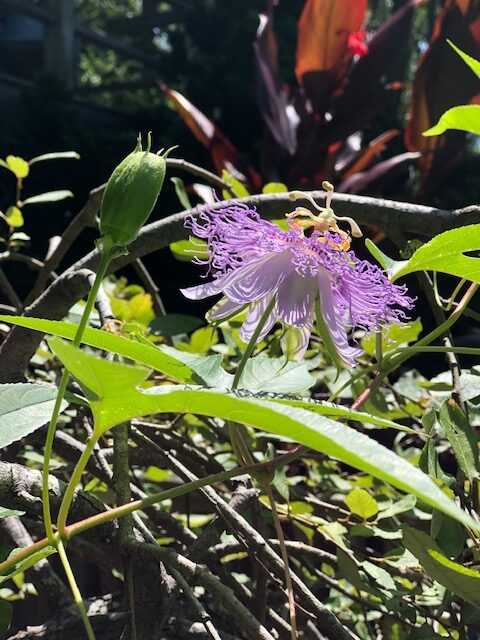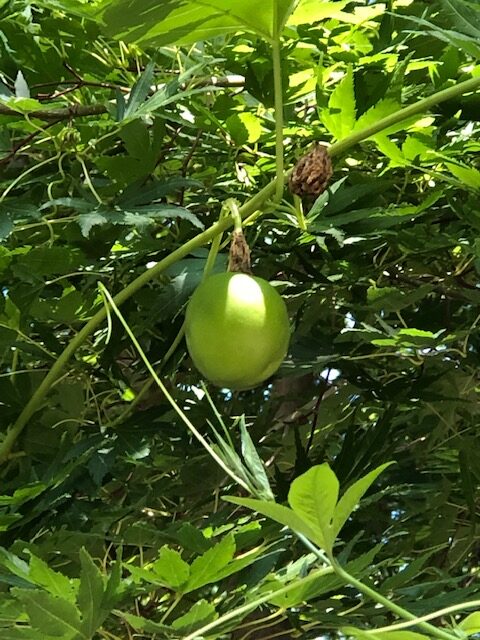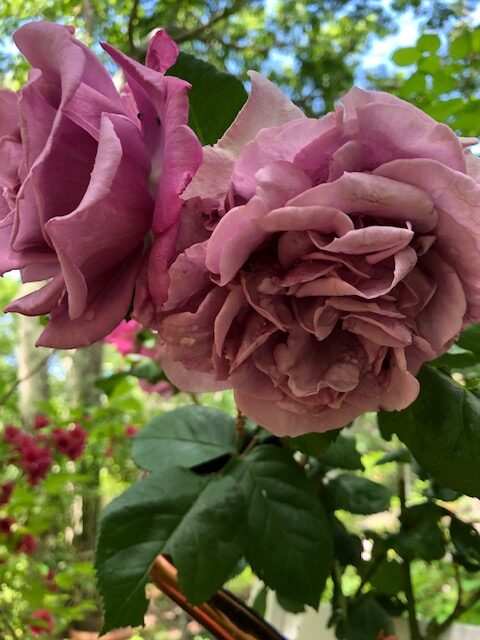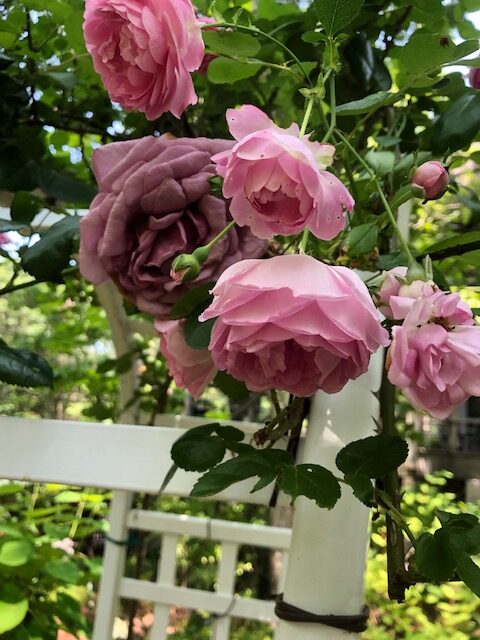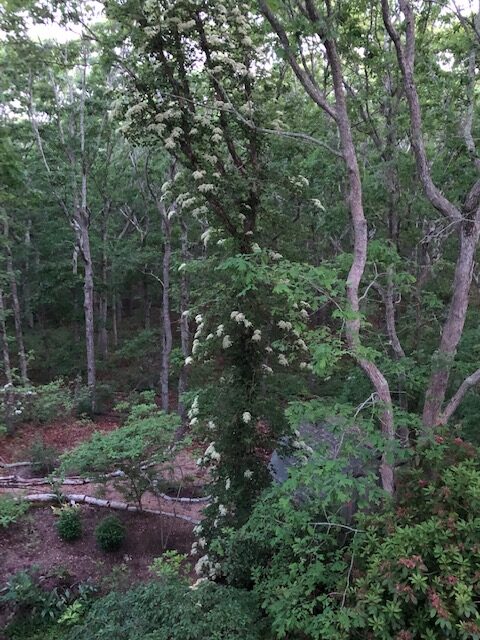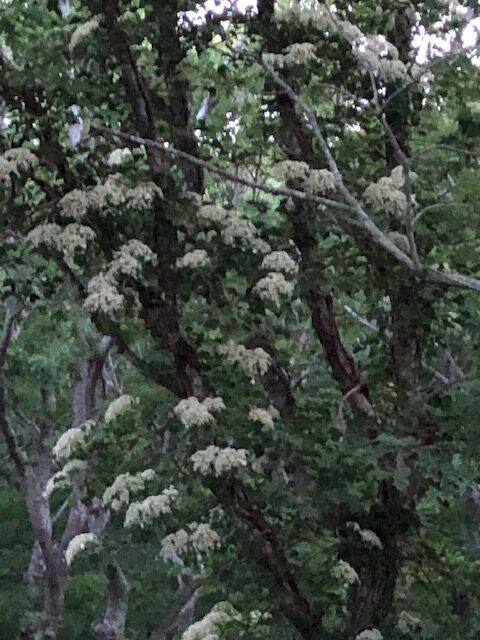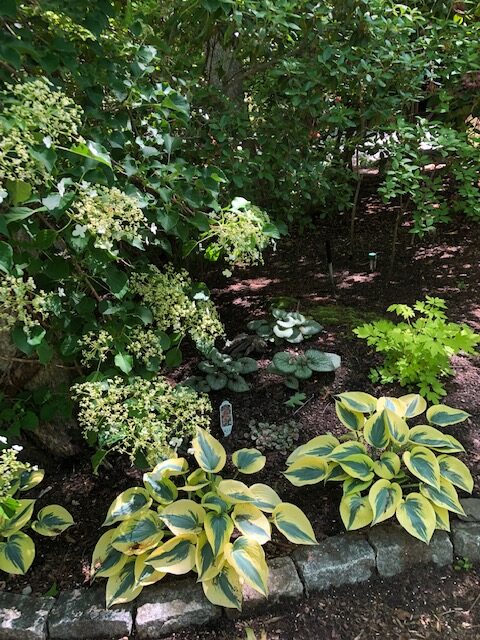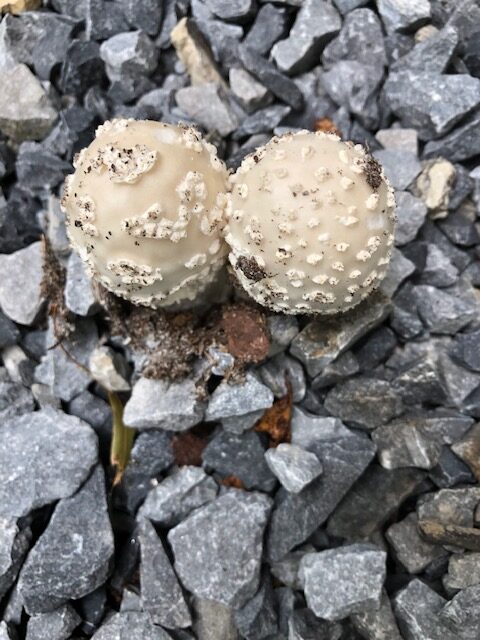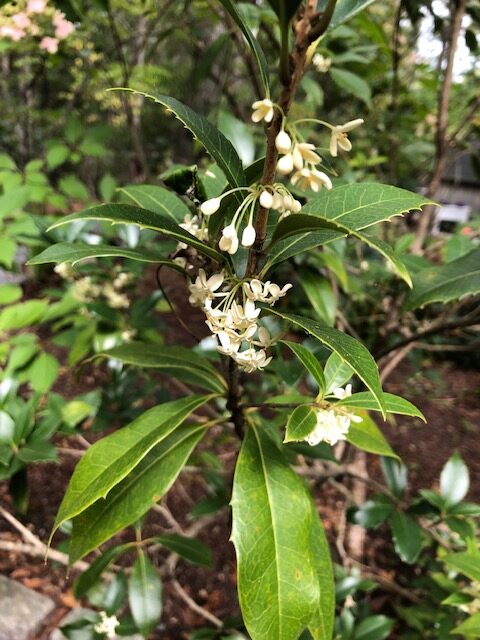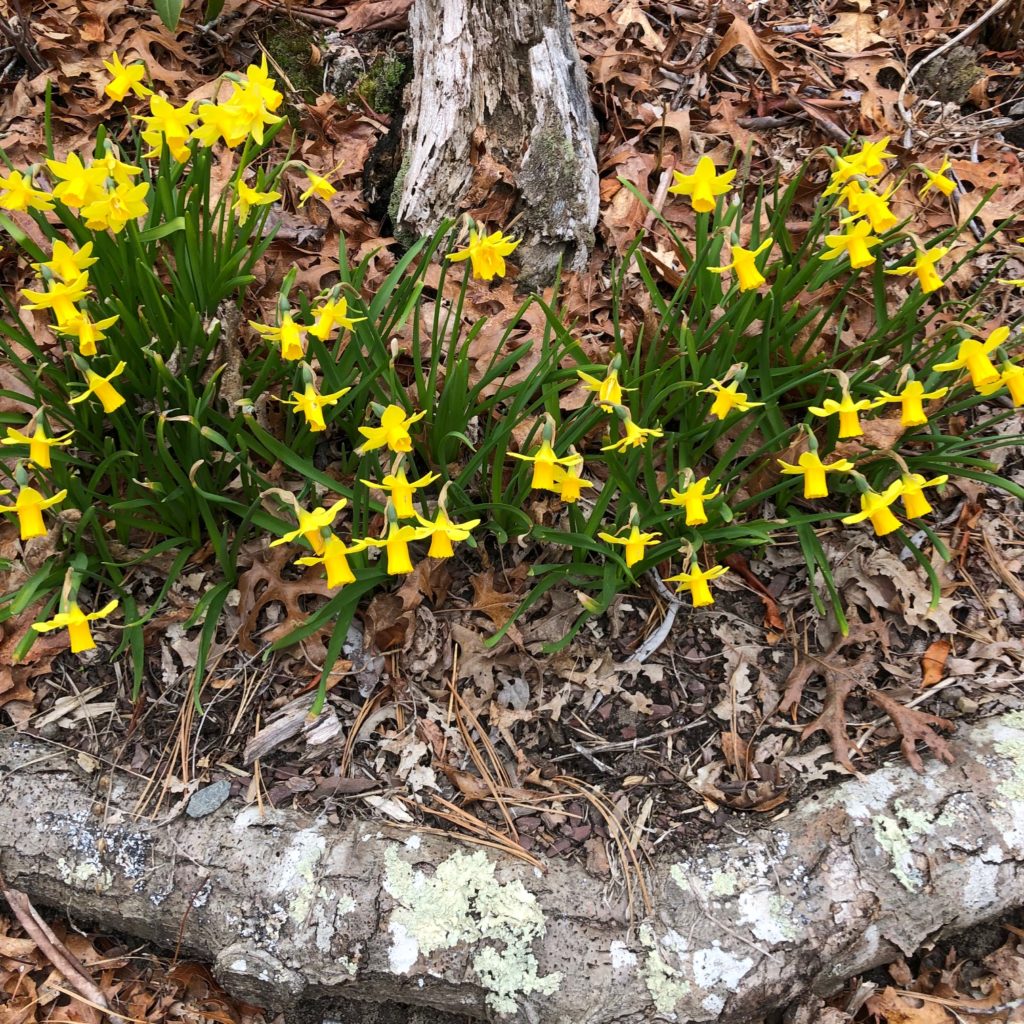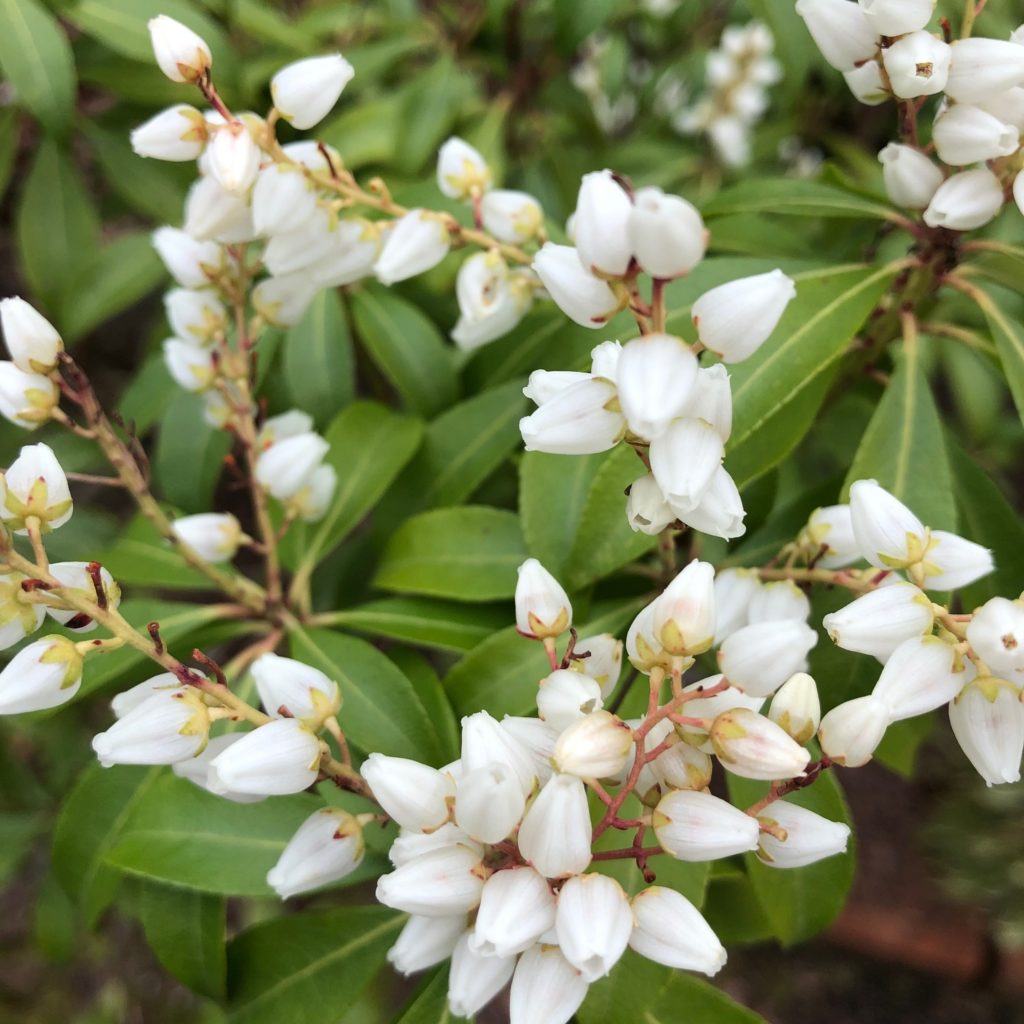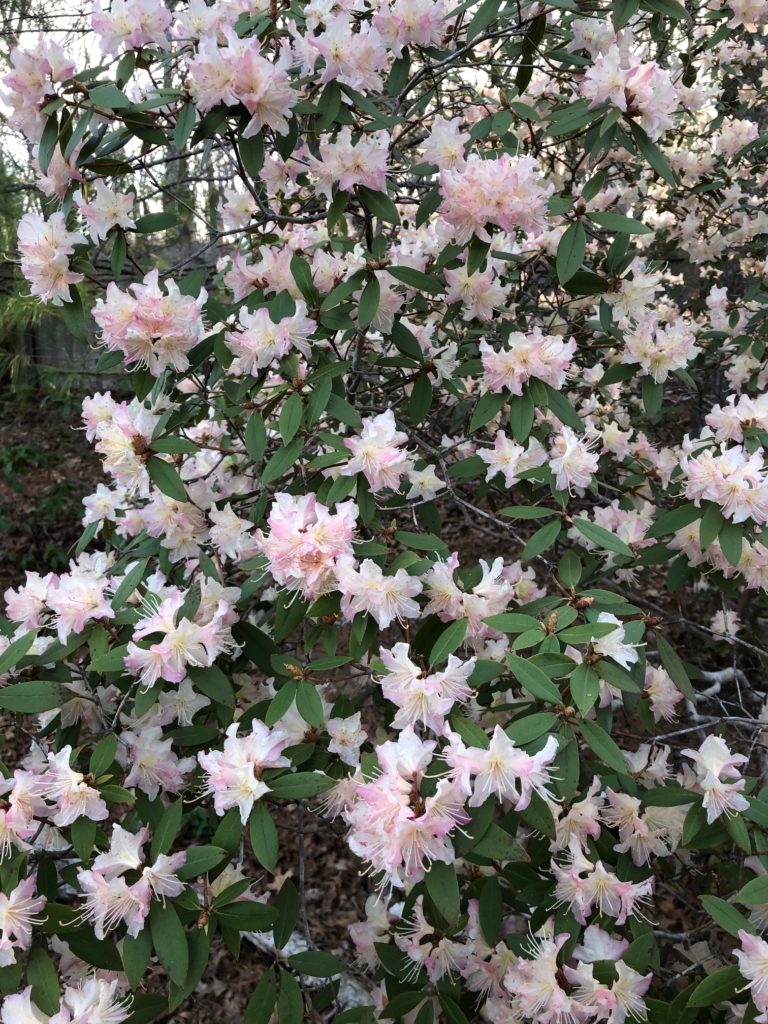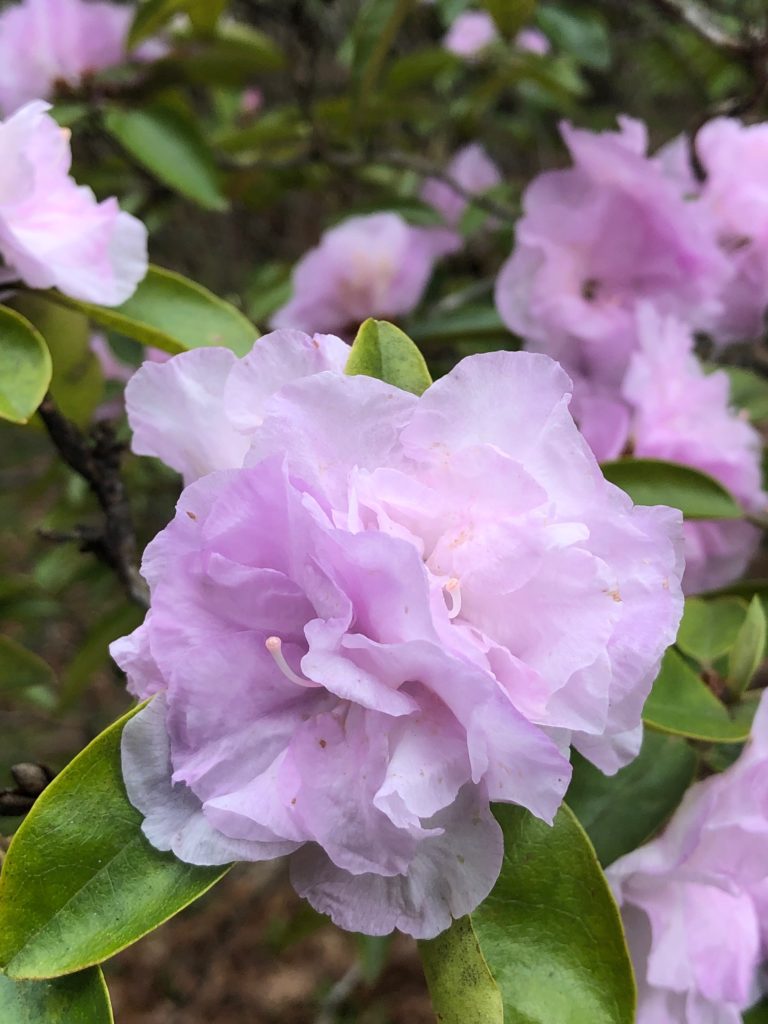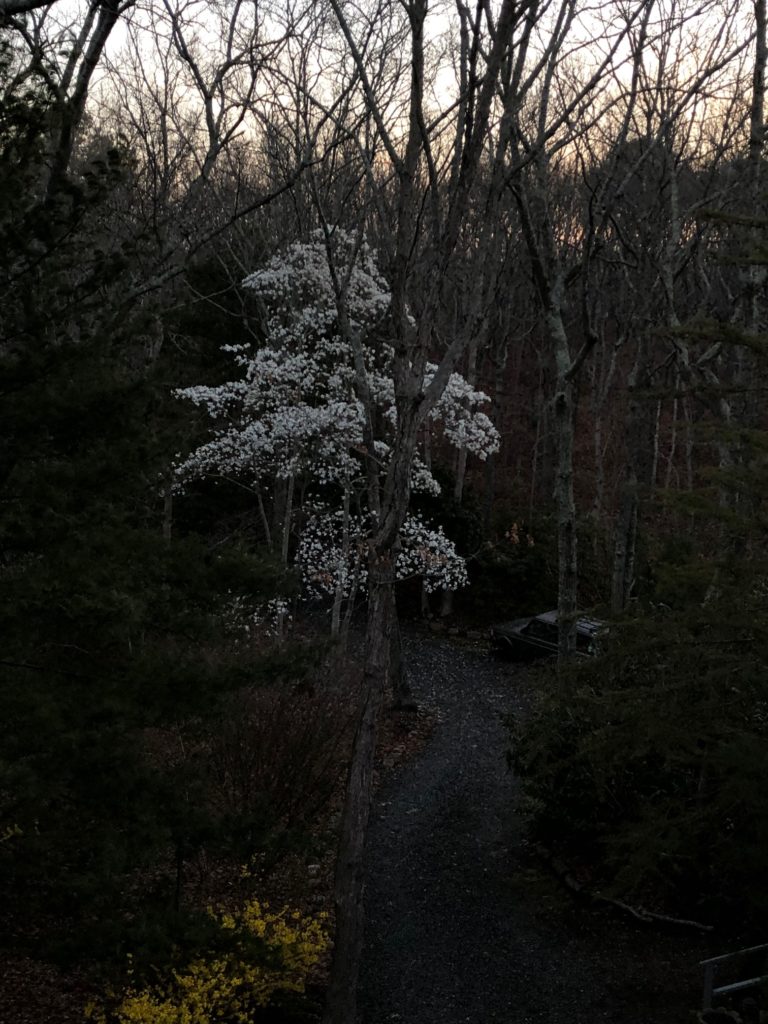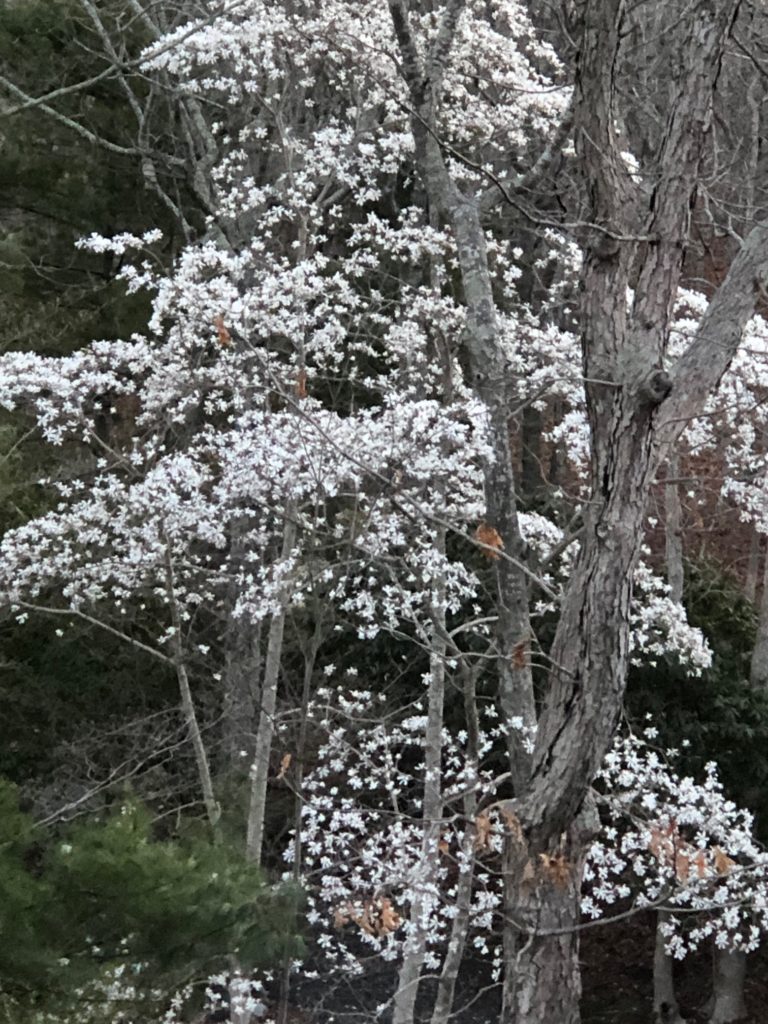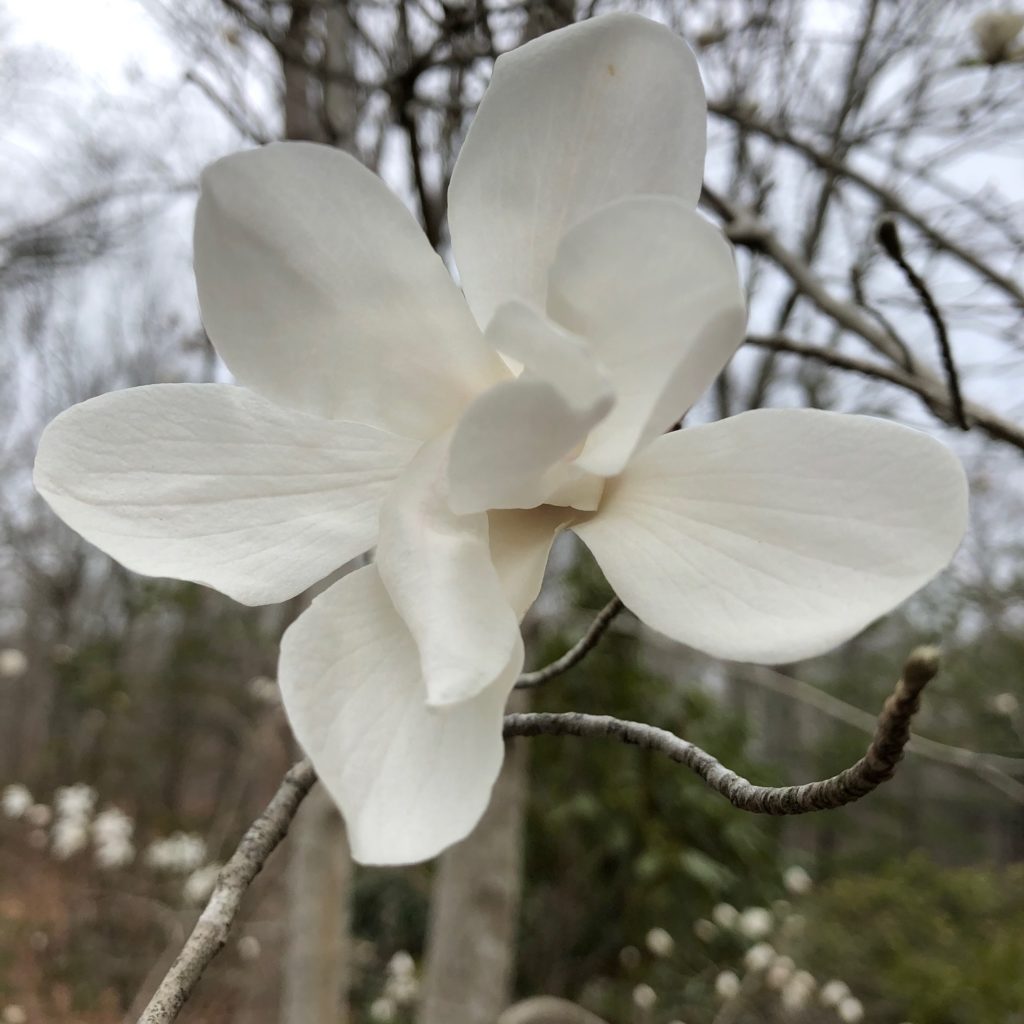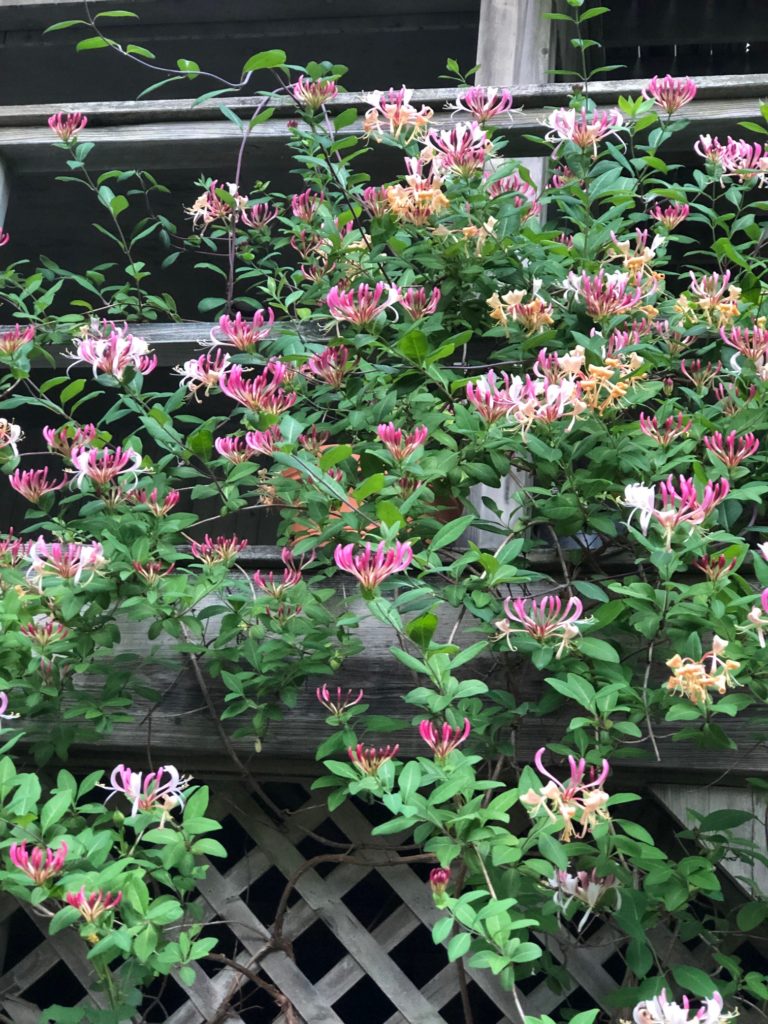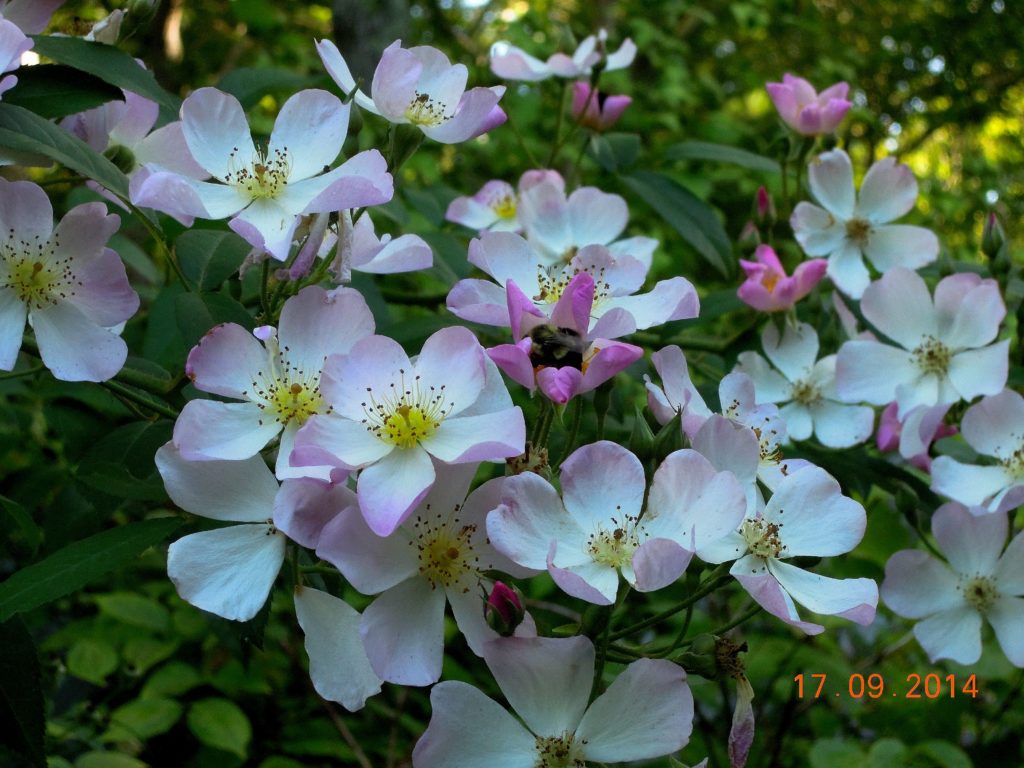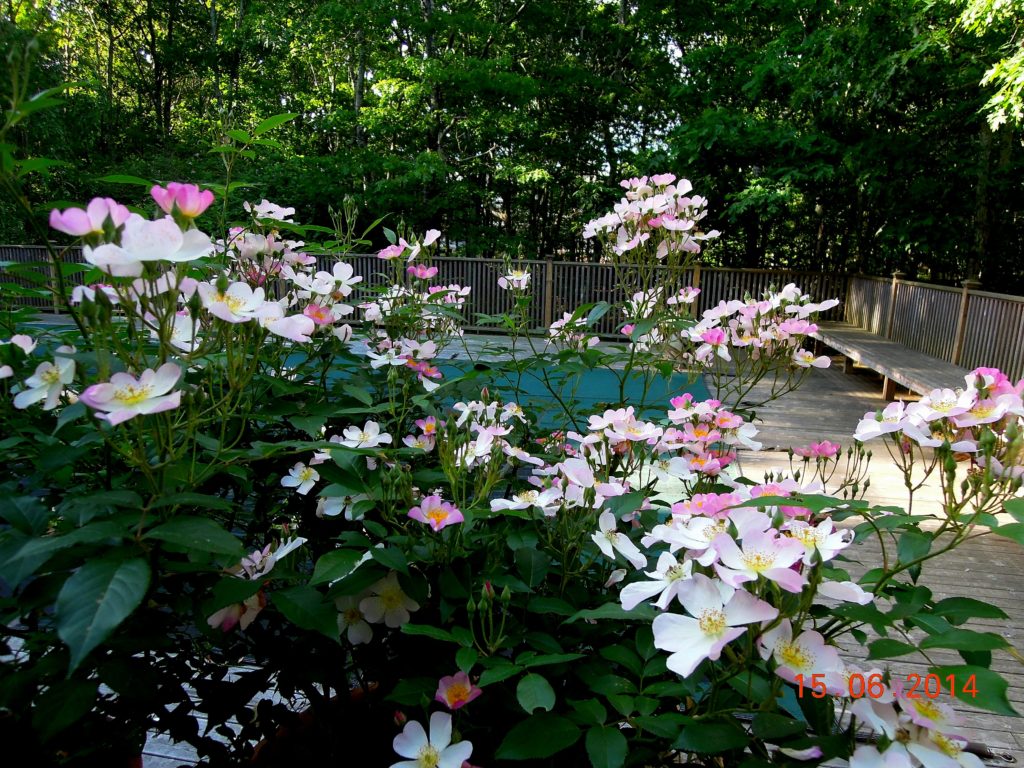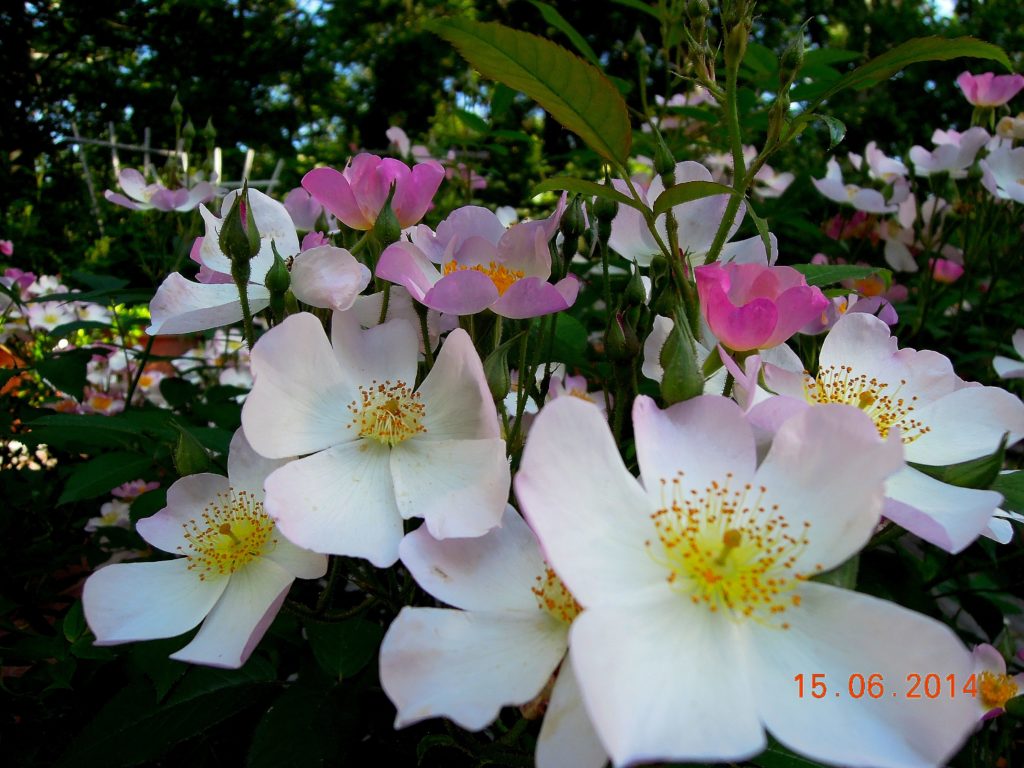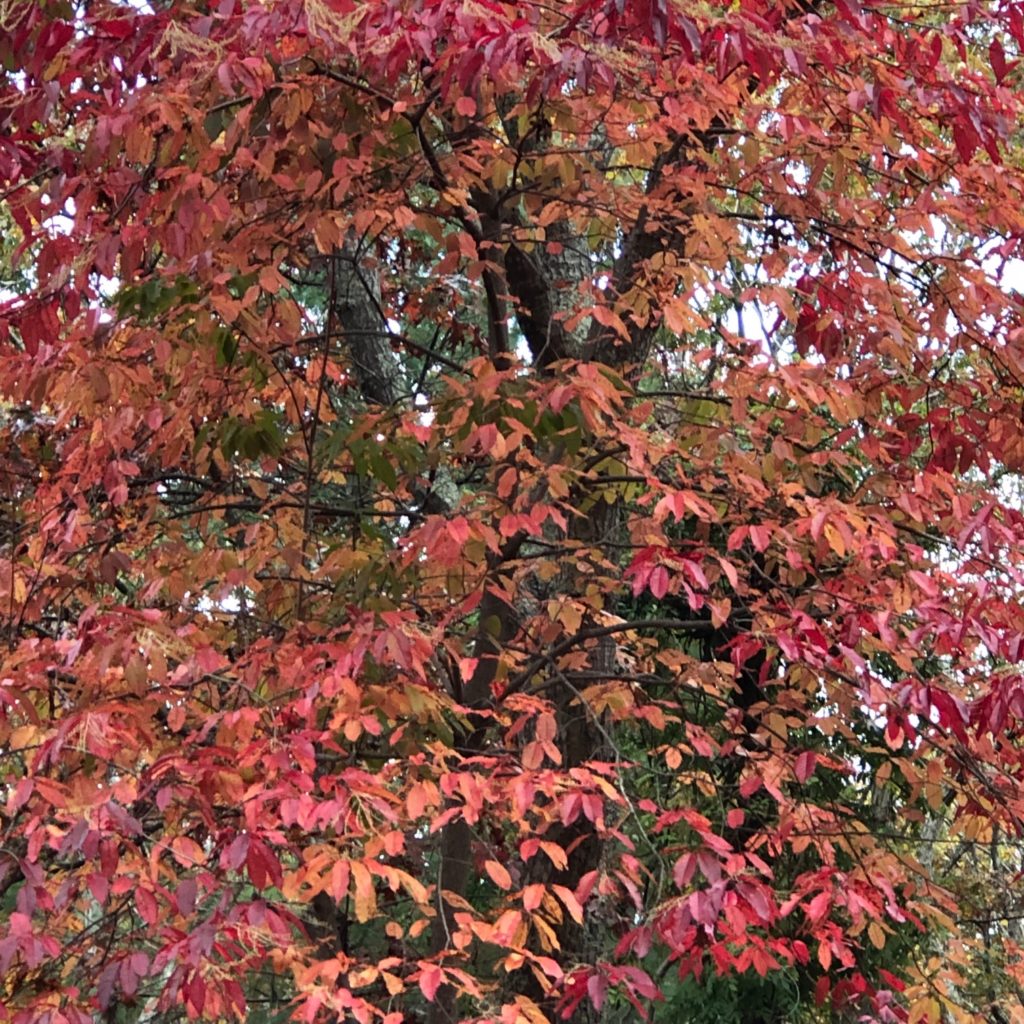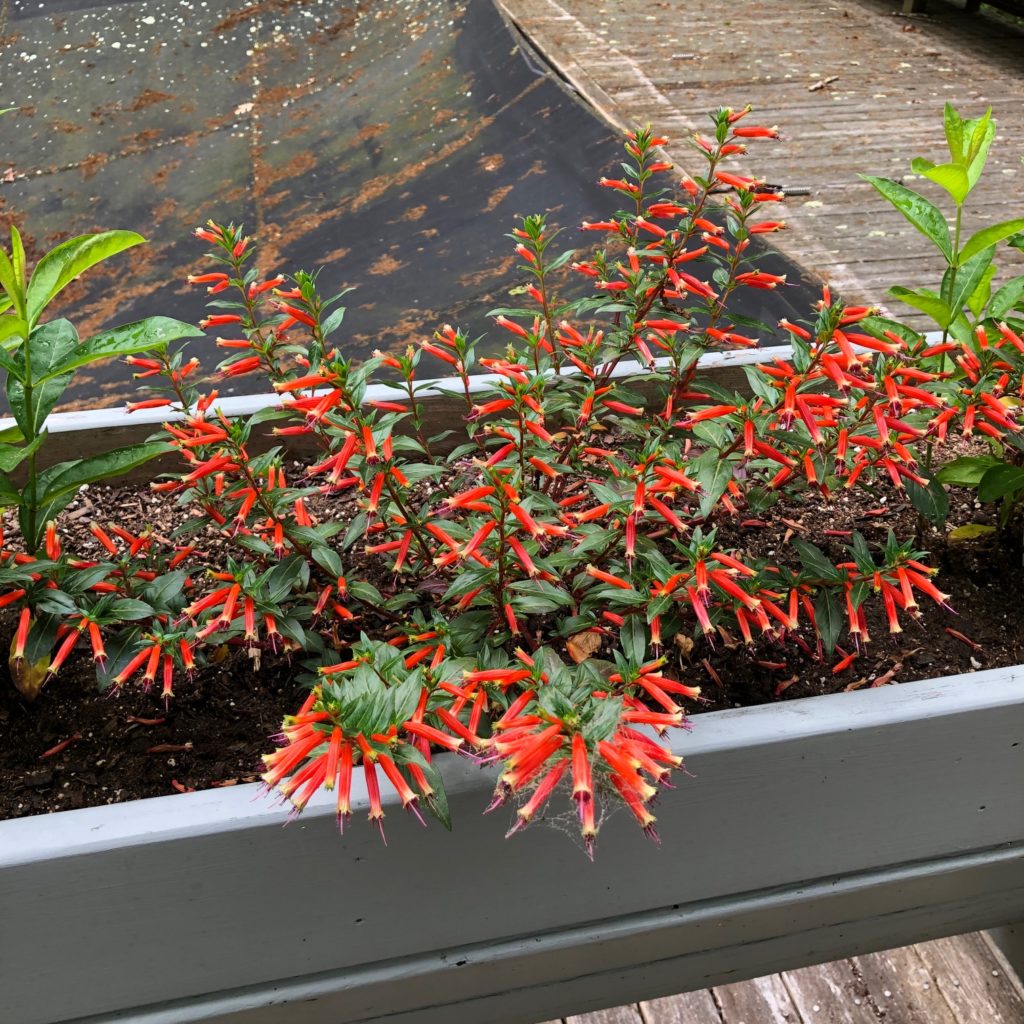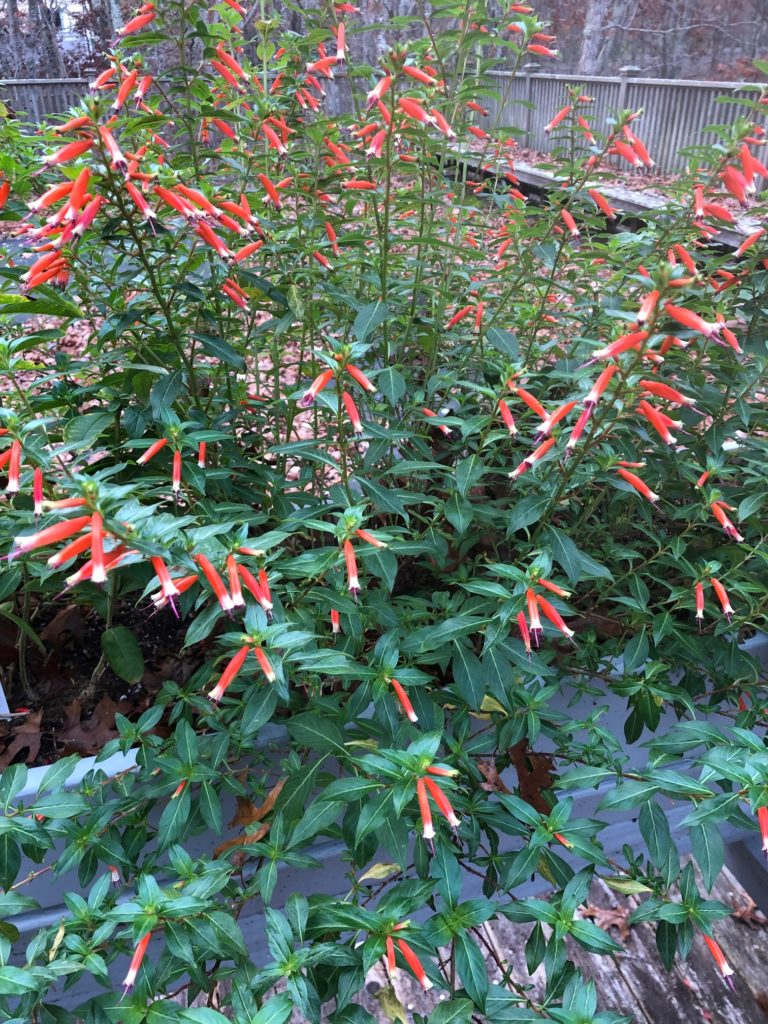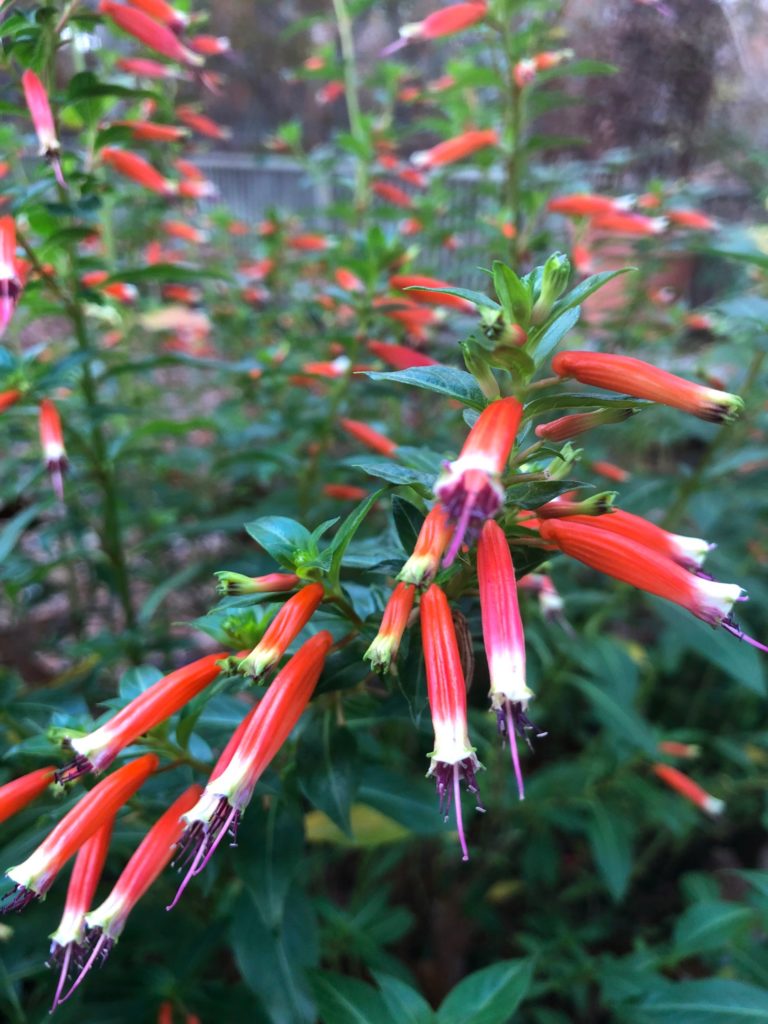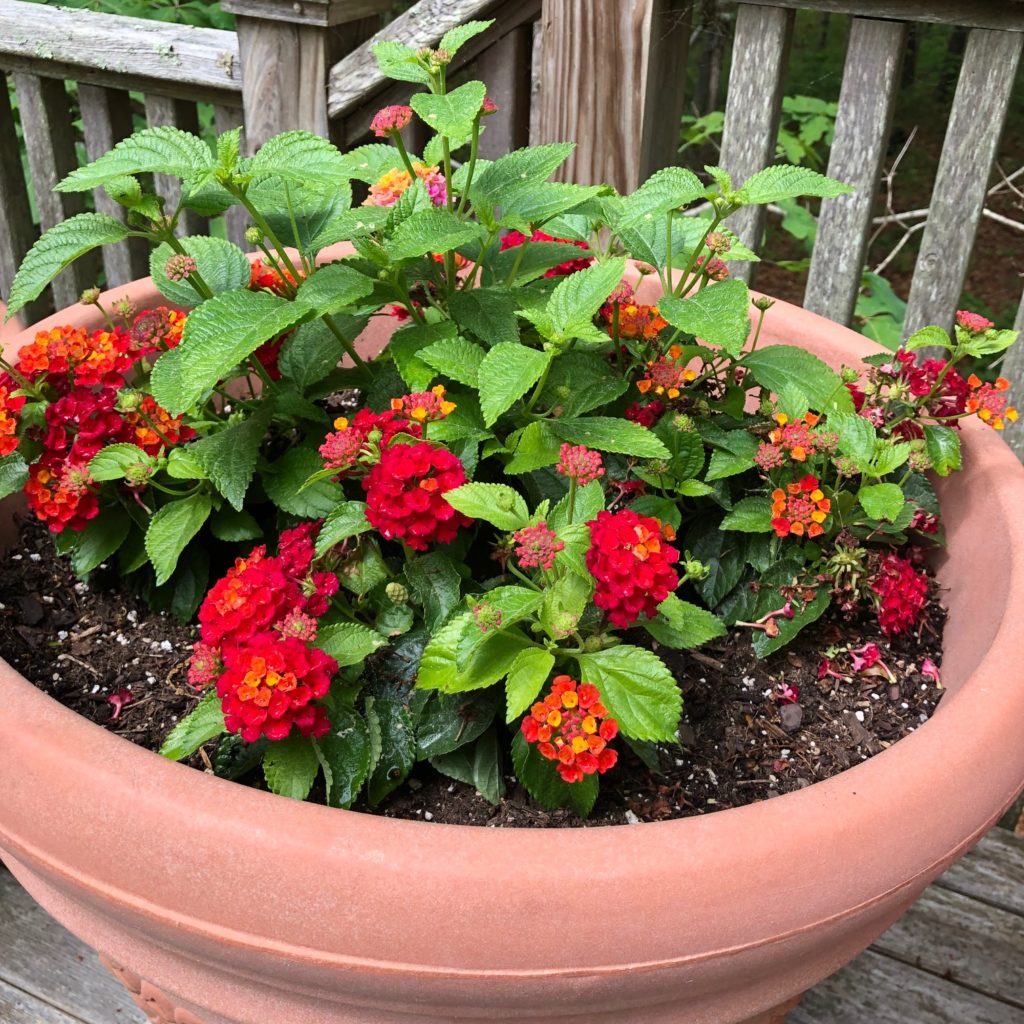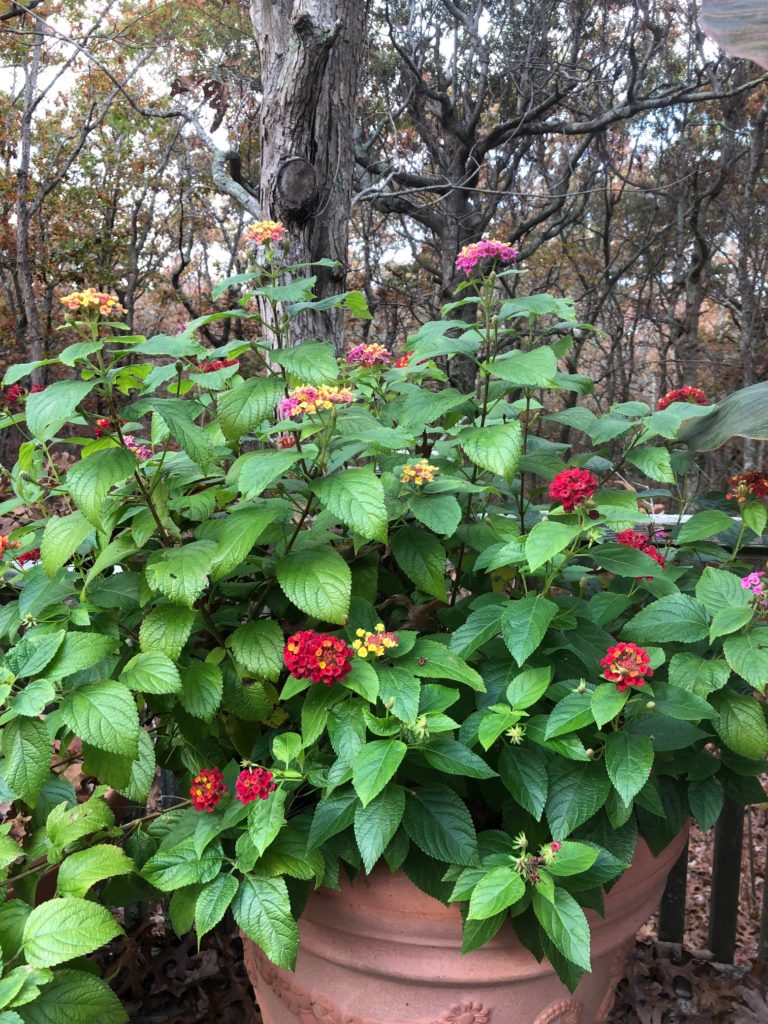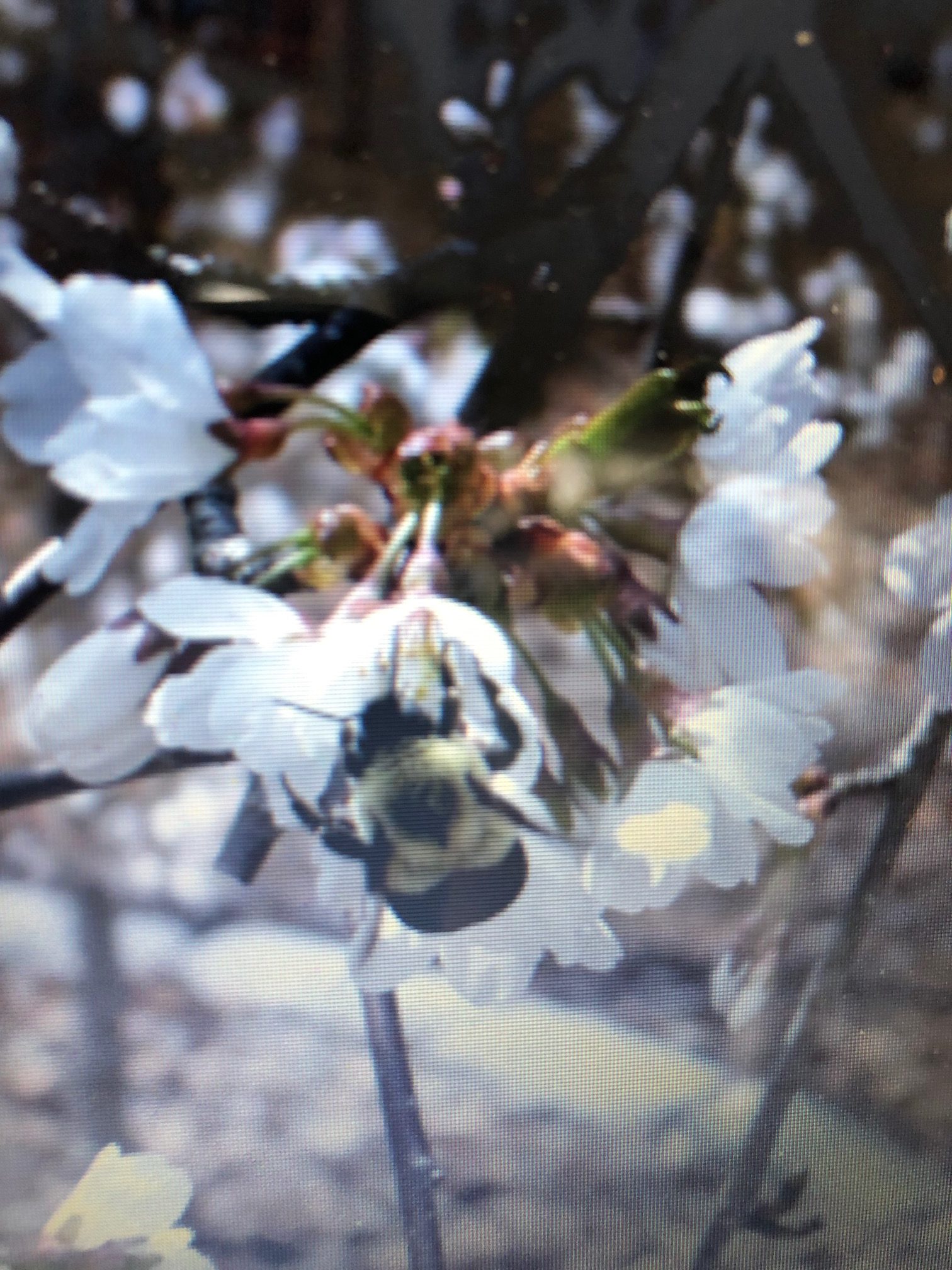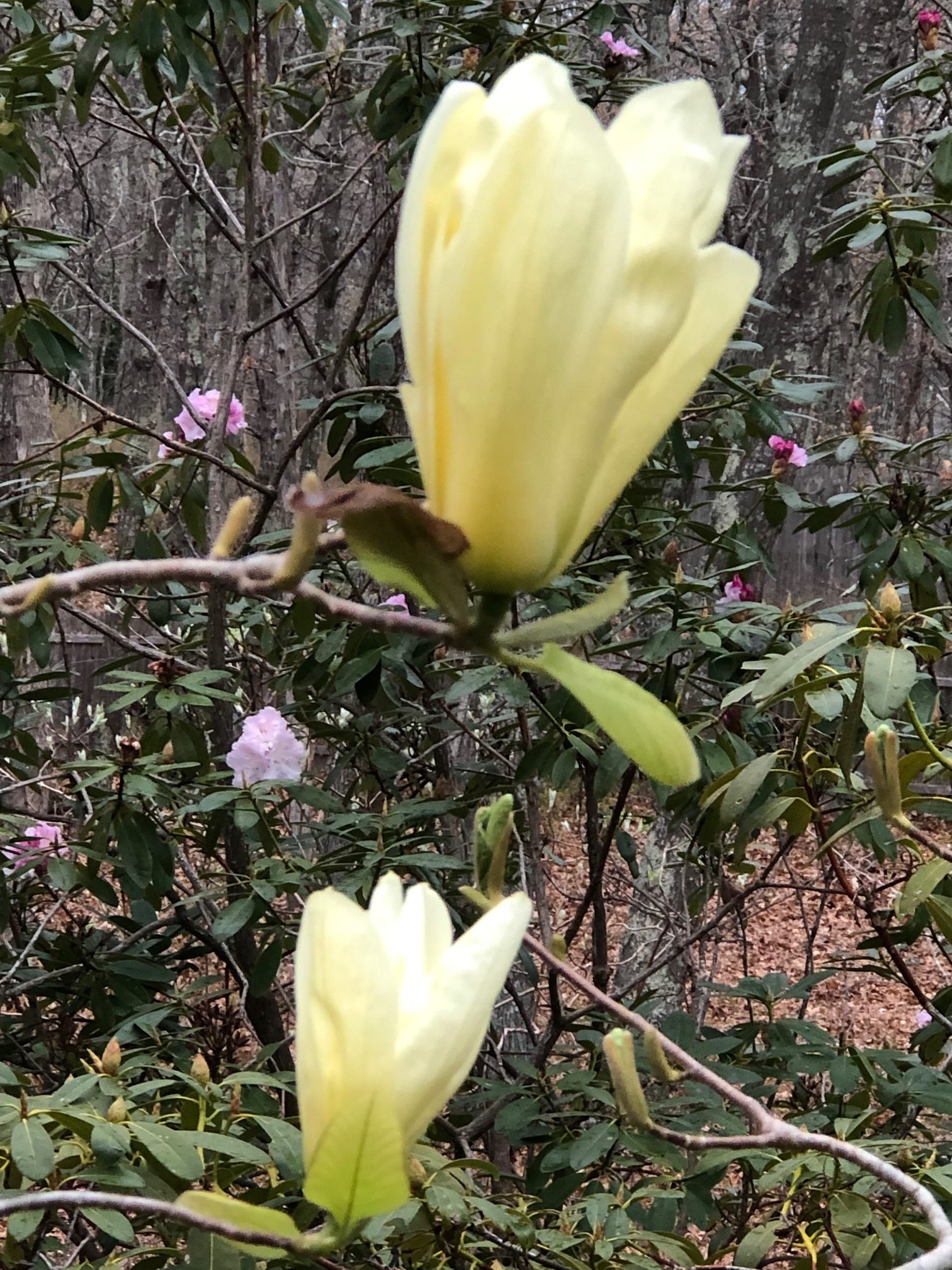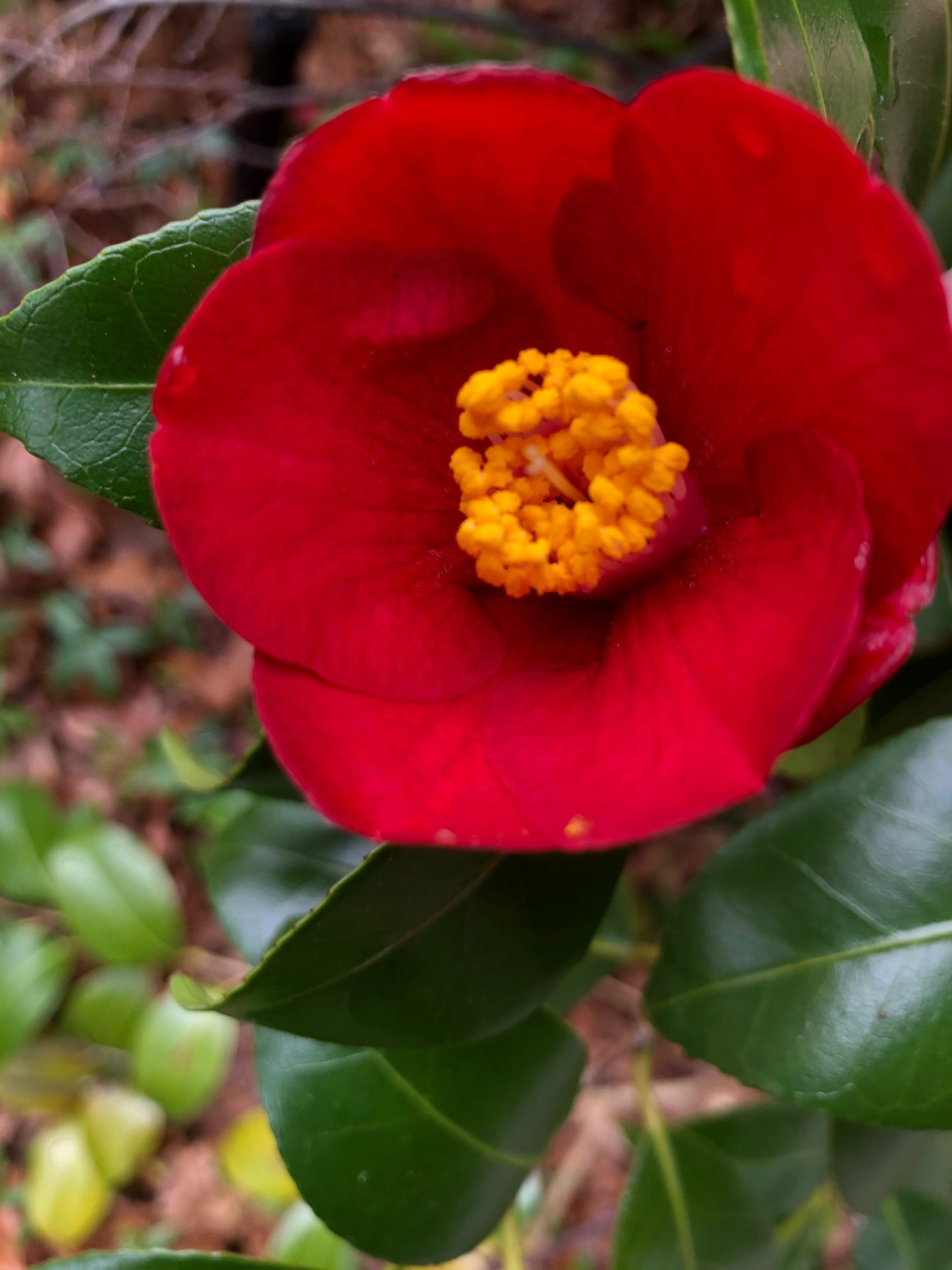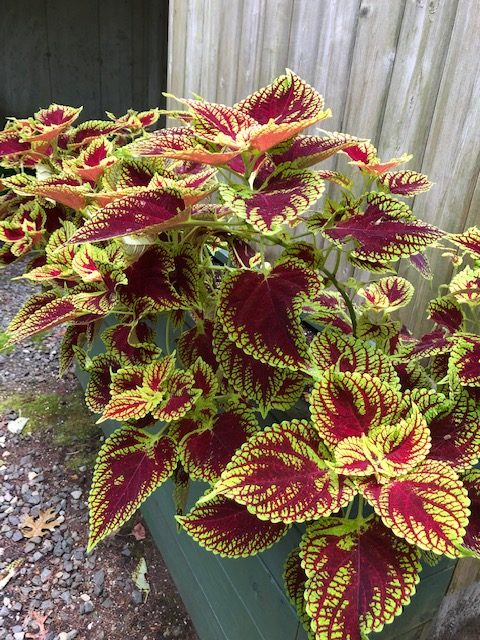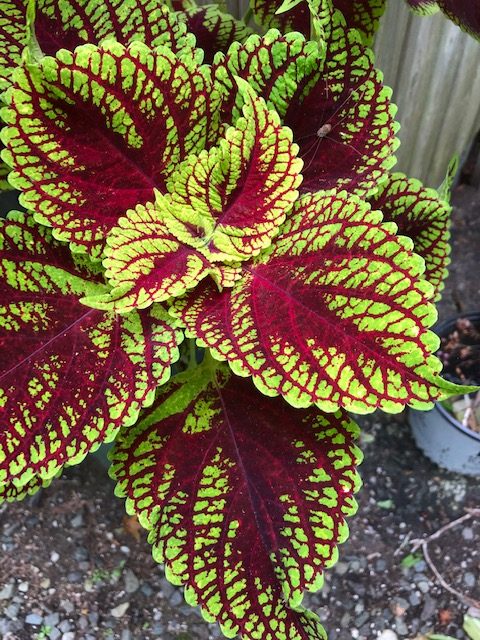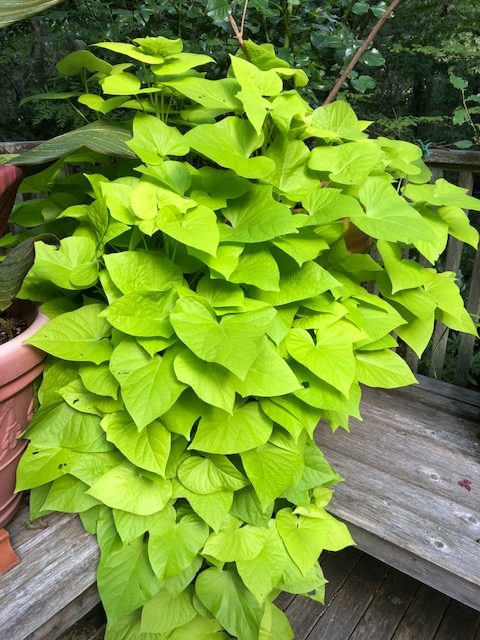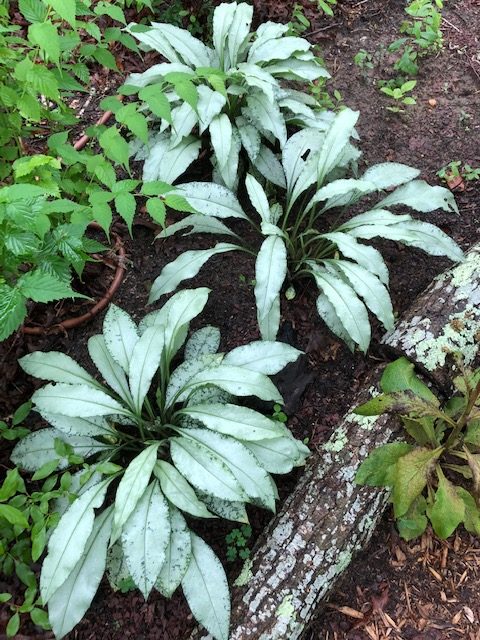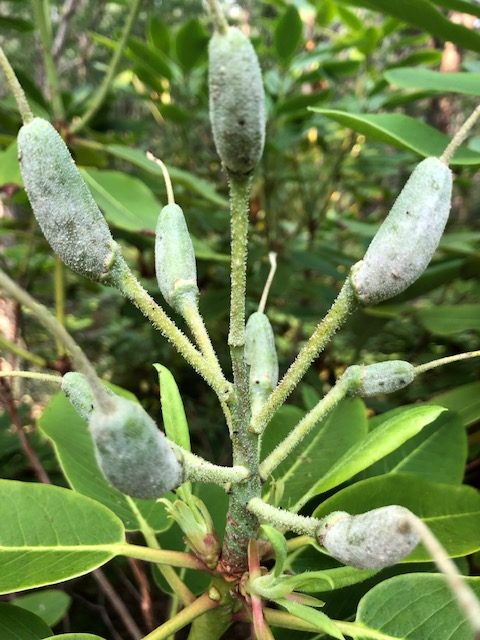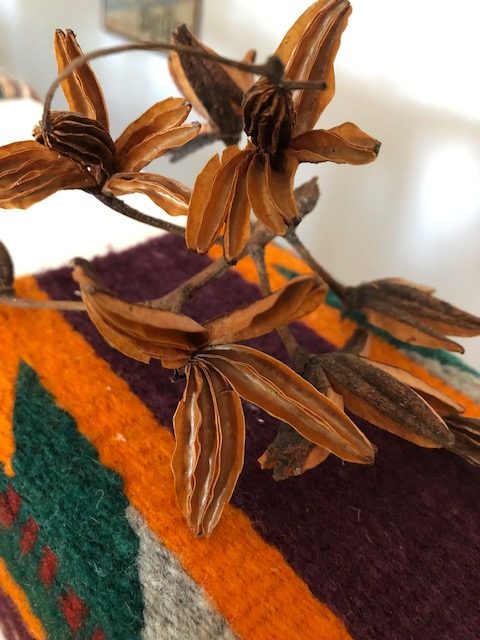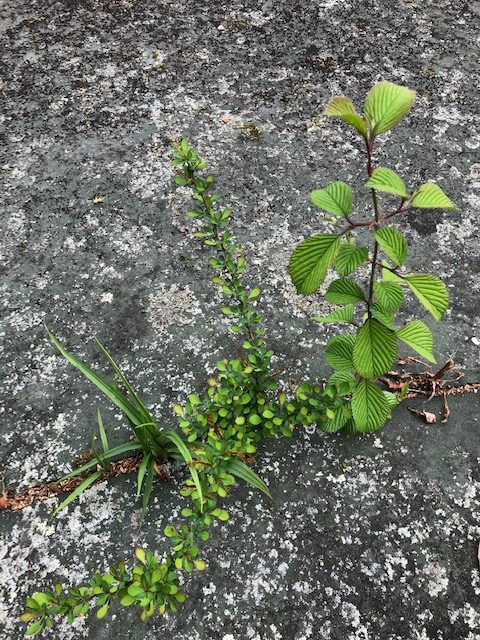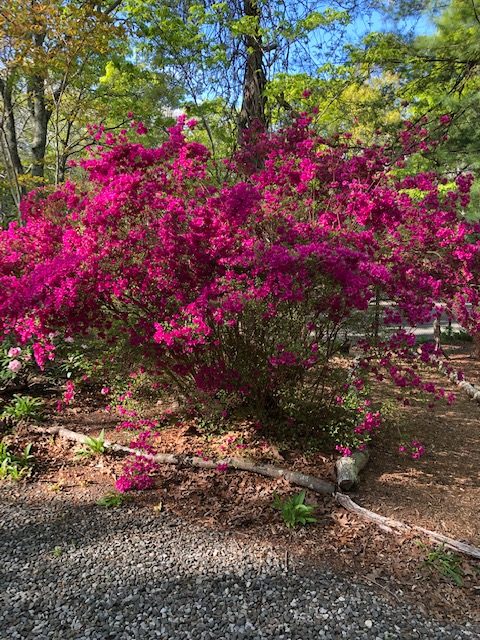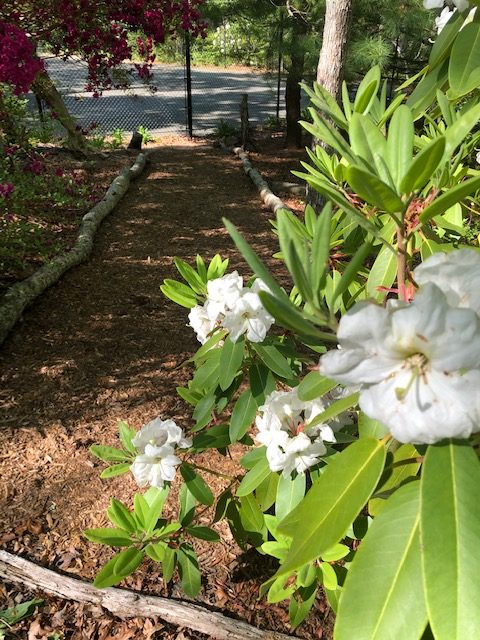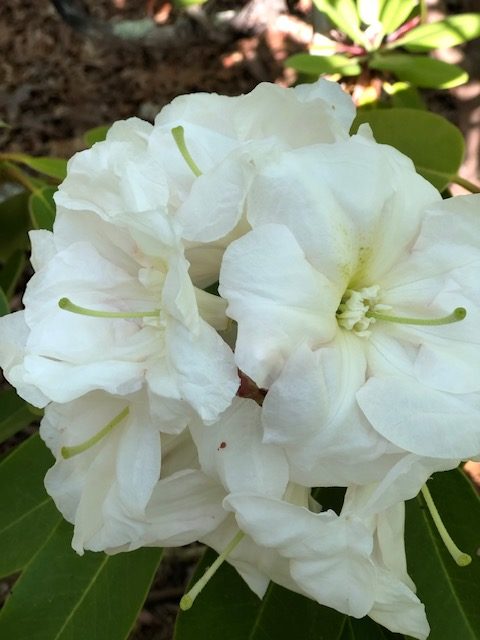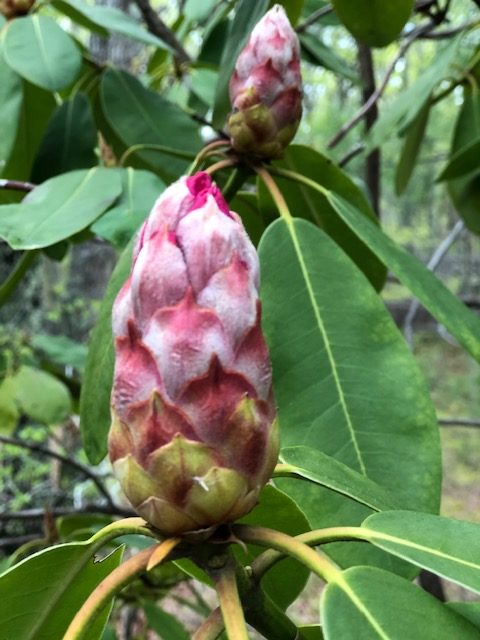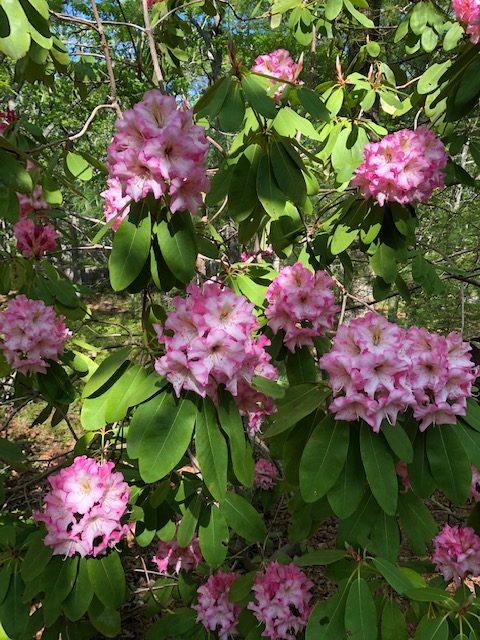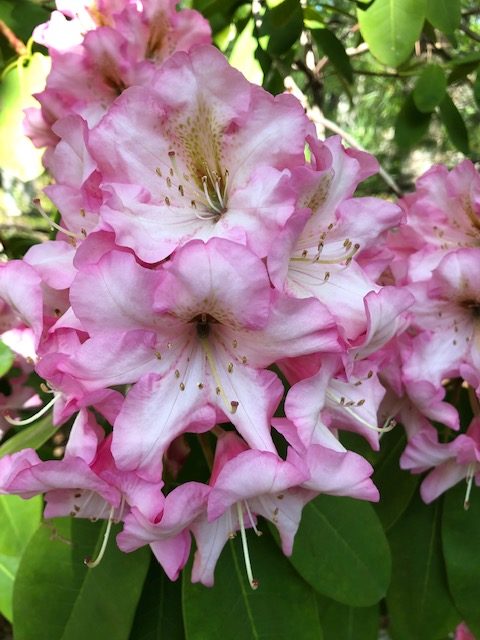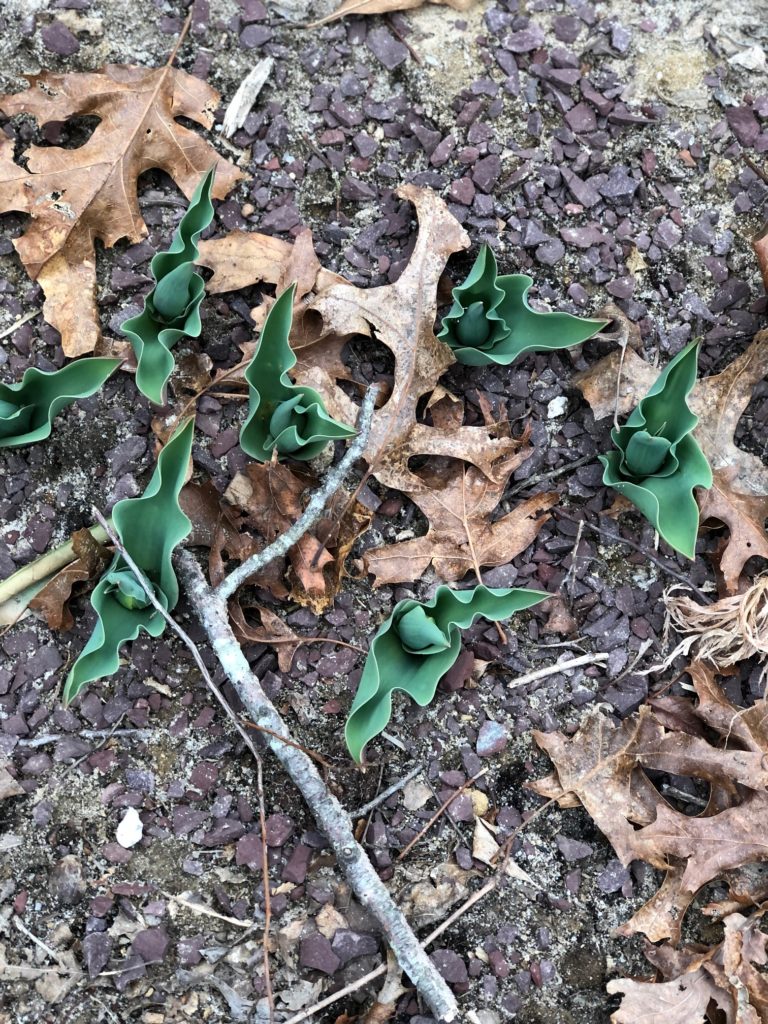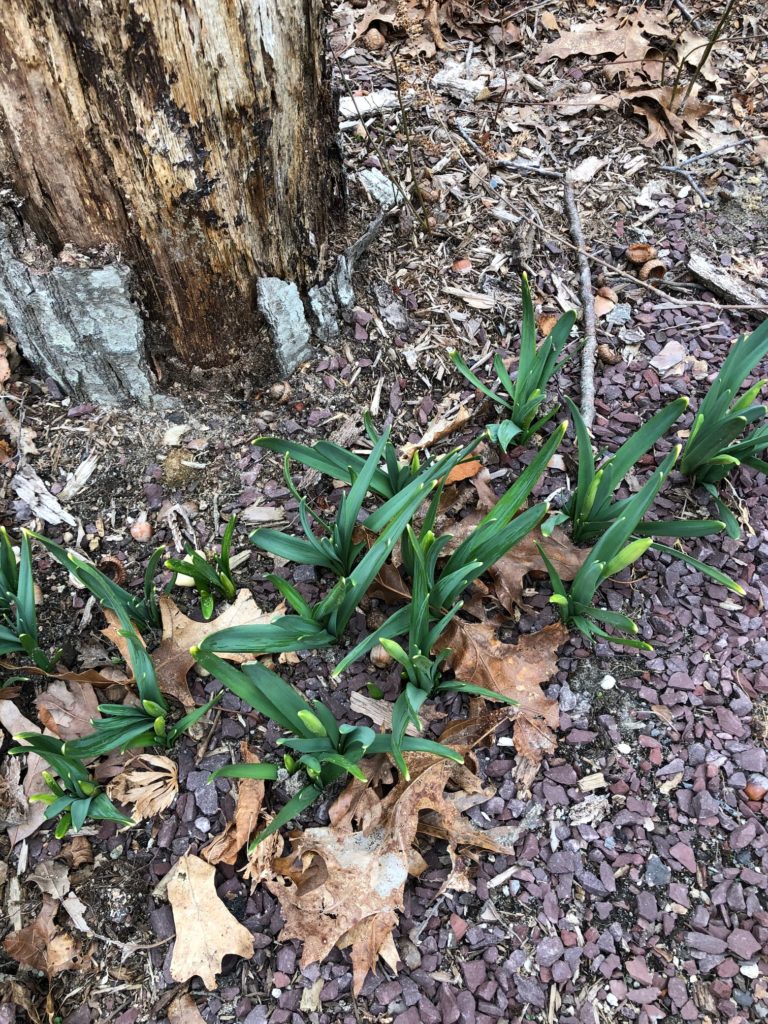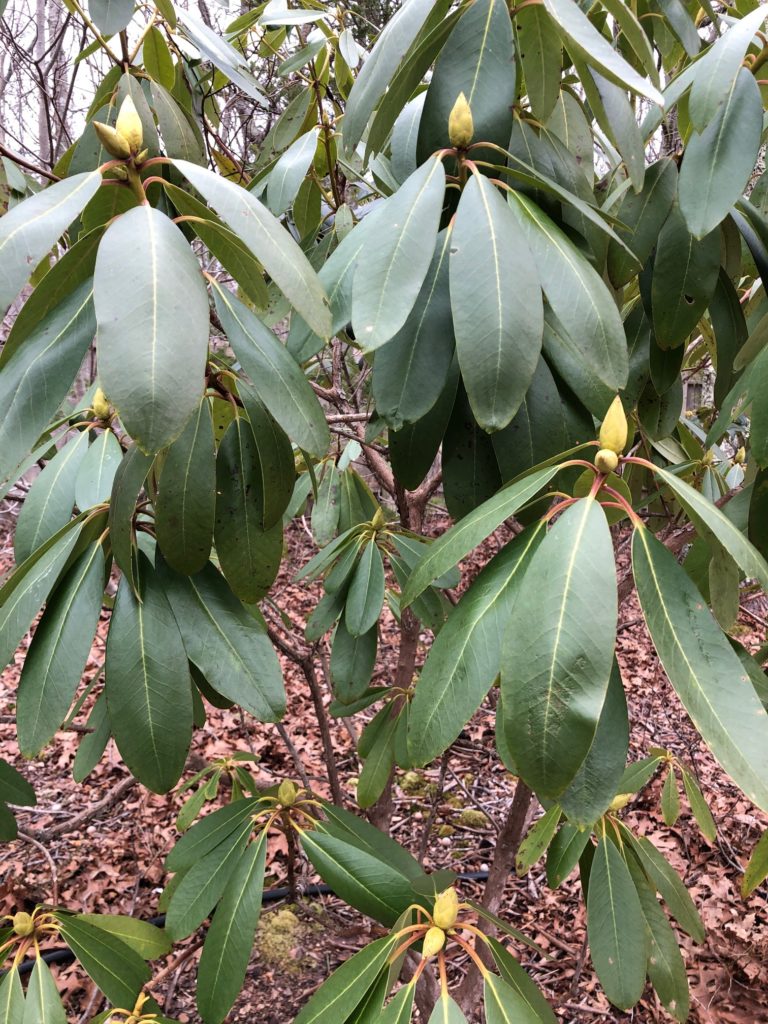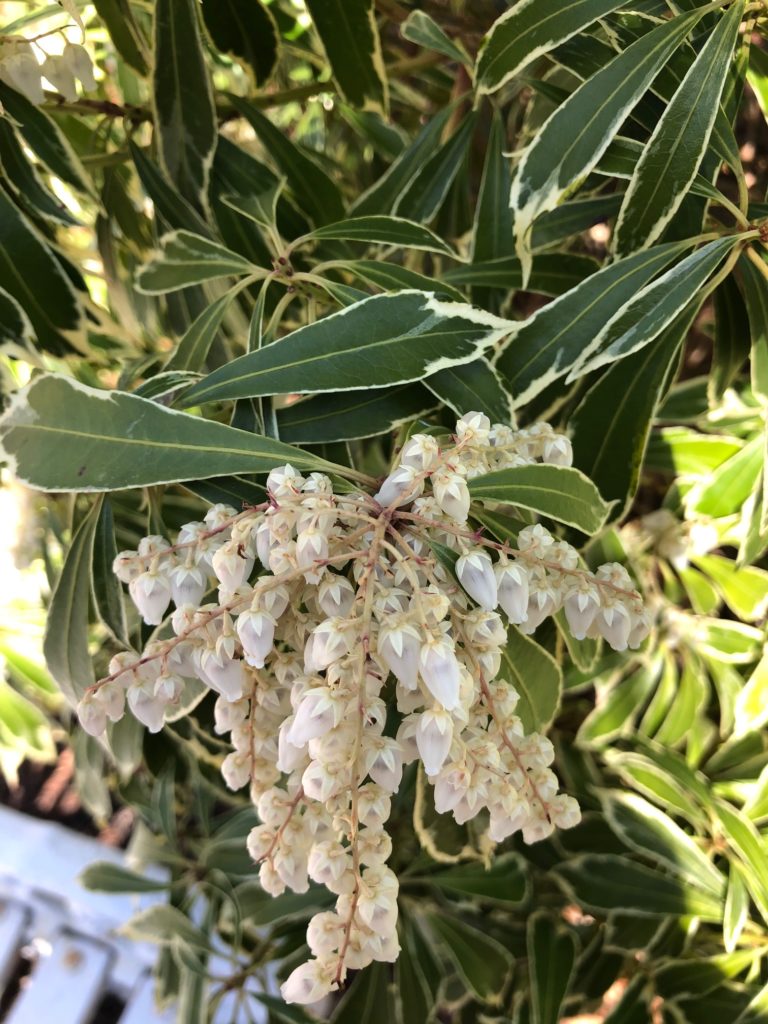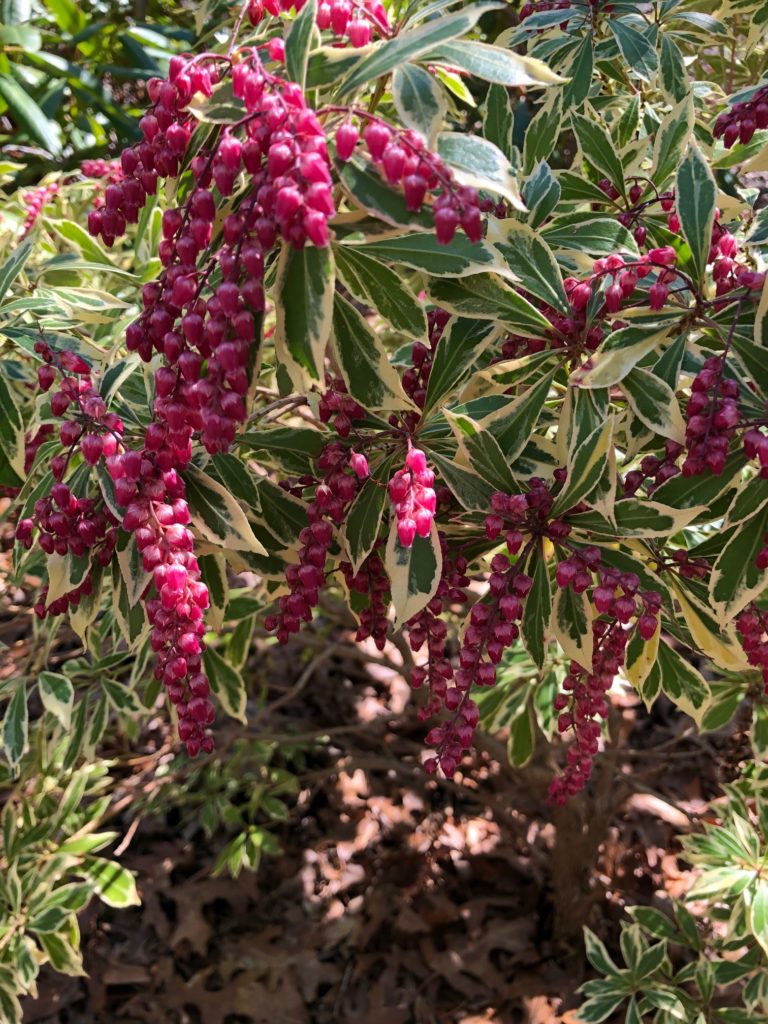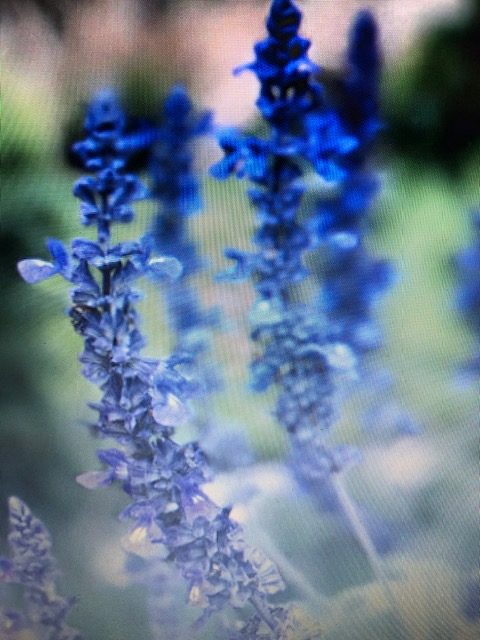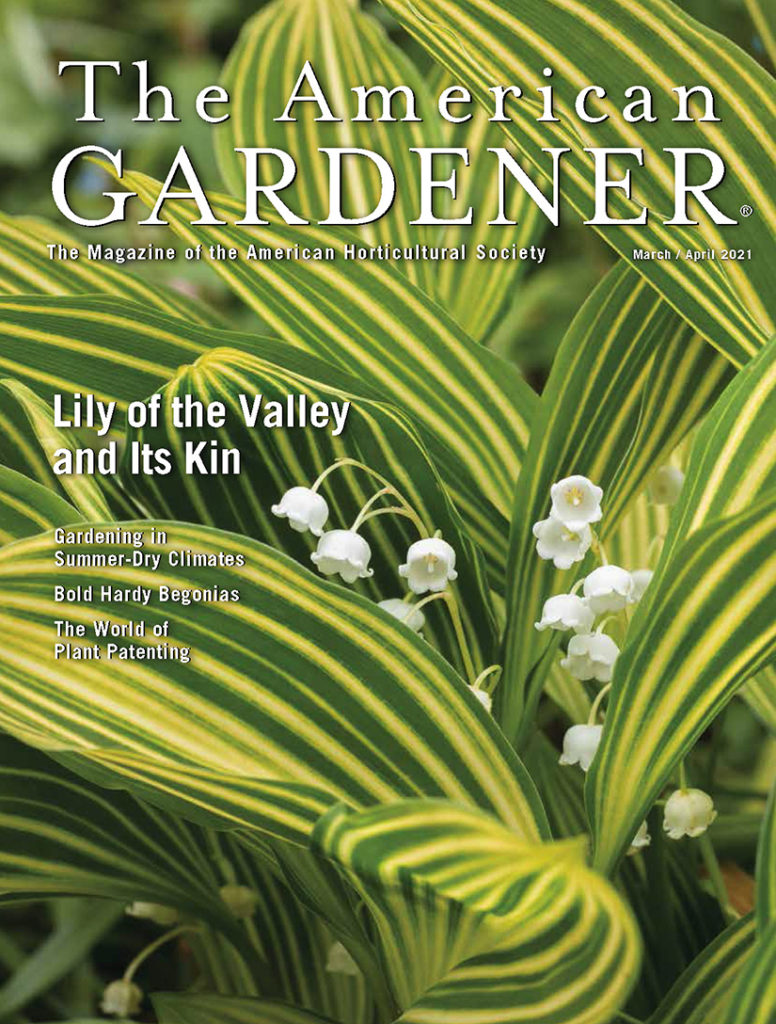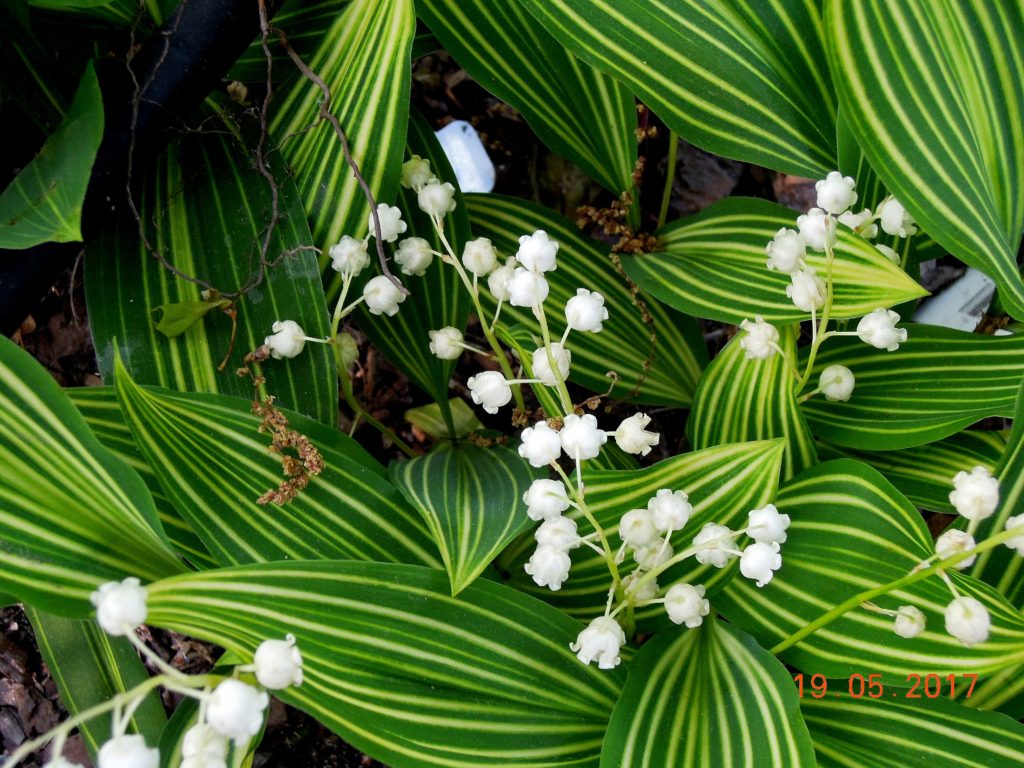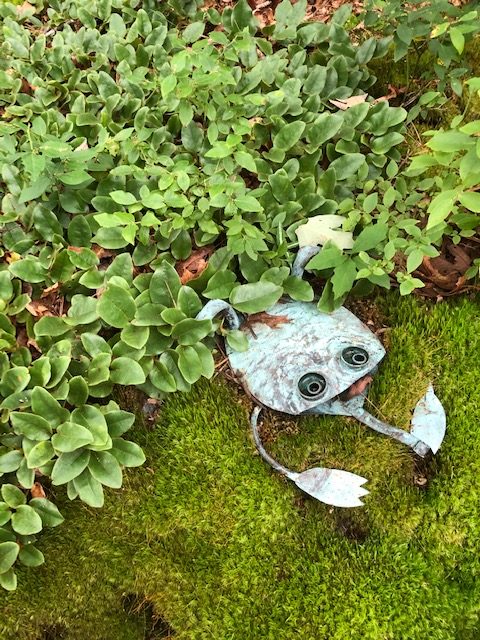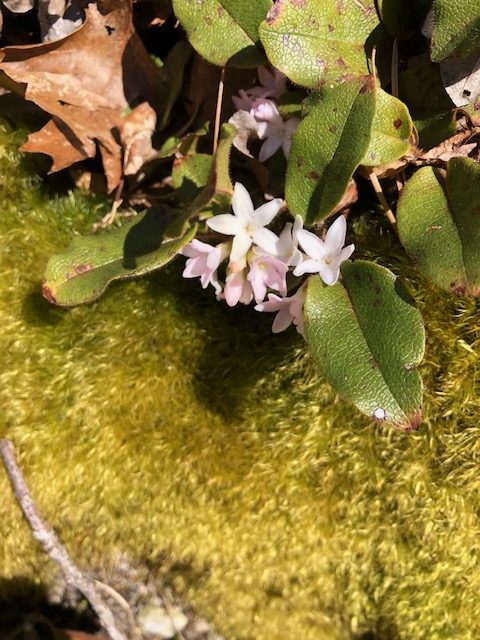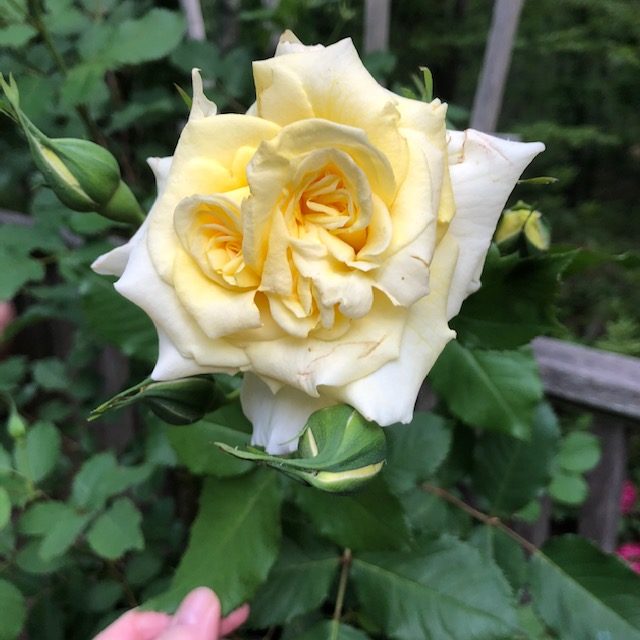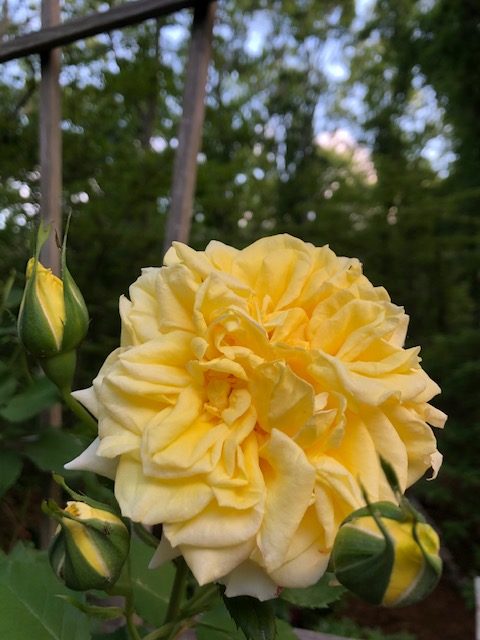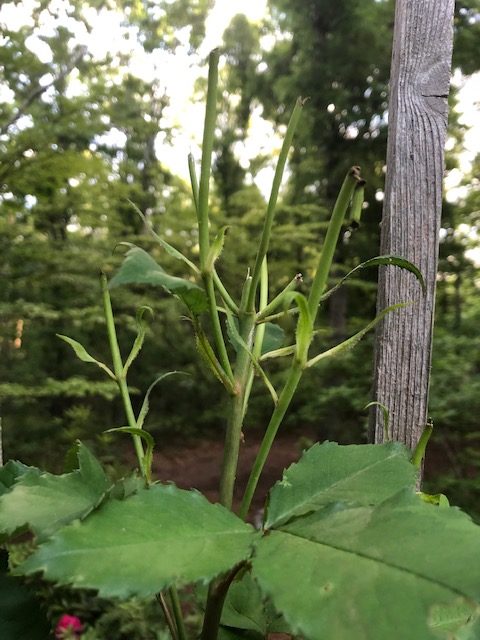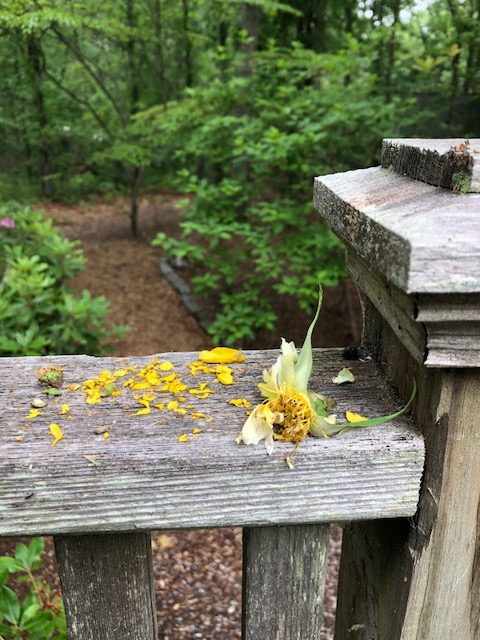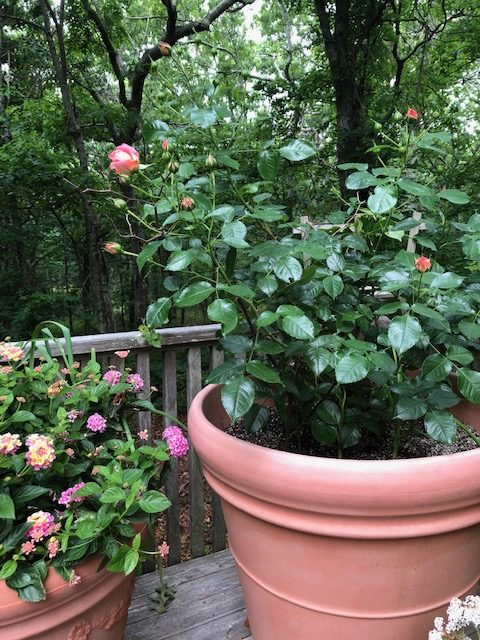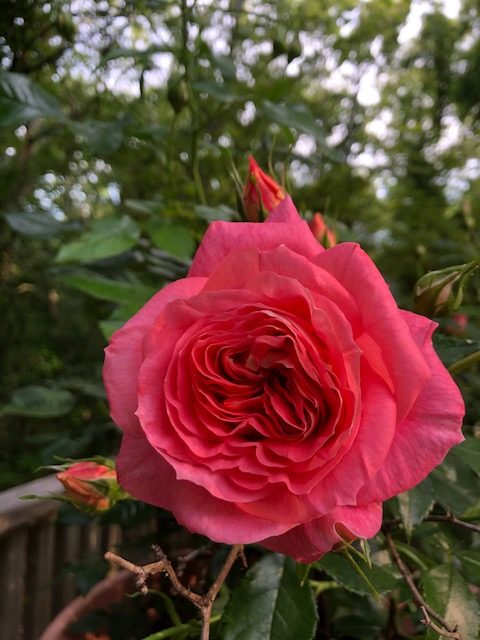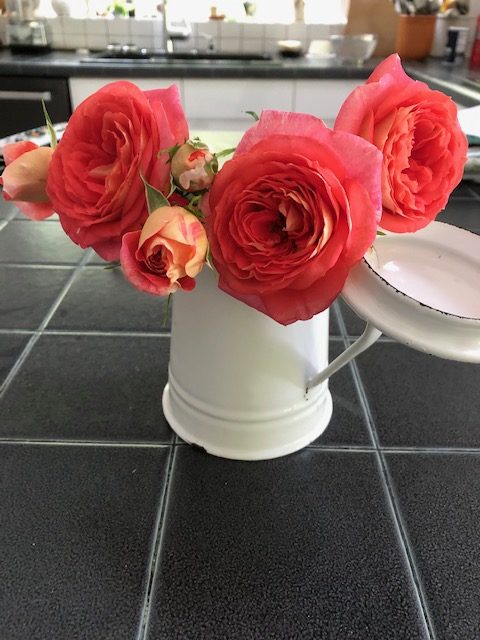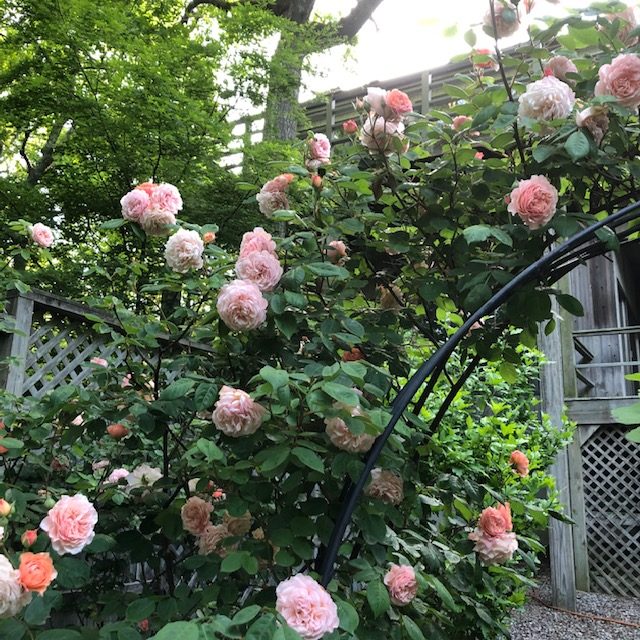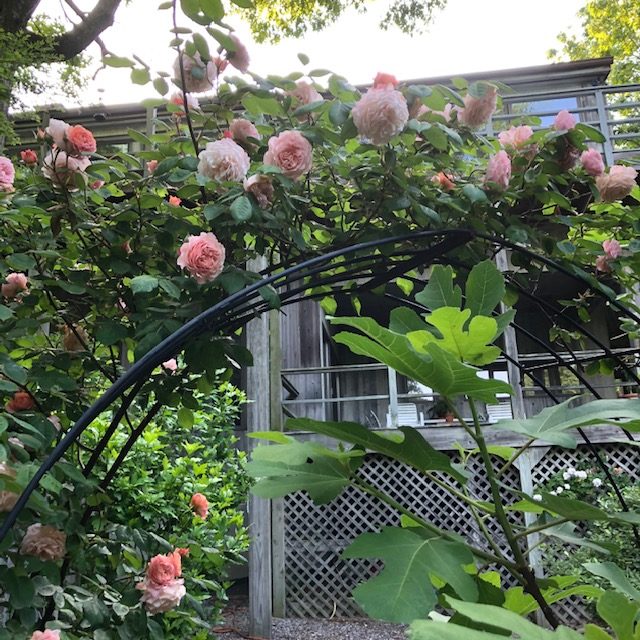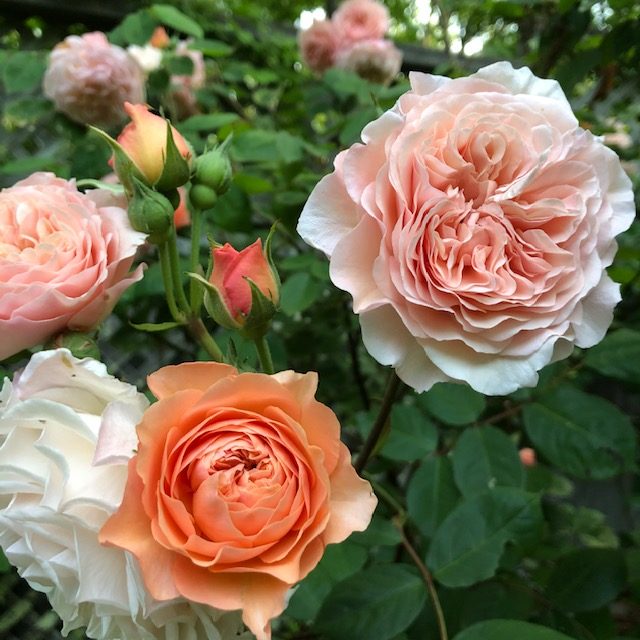“Unseen powers lie in wait with trouble or failure for him who boasts of continued success…. At no time am I more timid of these avenging fates than when openly rejoicing in some garden success, and more especially so in print. So often has dire calamity, sudden death, or uprooting by storm, followed the publication of a photograph and exultant note describing one of my best specimens…” E A. Bowles.
I recently defied the Fates with the publication of photos and an “exultant note” about my beloved climbing hydrangea (Blog-post “2024: Small Treats & Joyful Moments”) and squirrels clawed, chewed, and denuded this glorious, flowering vine which took decades to reach the top of a thirty-foot oak tree support.
Moreover, the “avenging fates” are on a “dire calamity” roll: The Oak trees dropped thousands of acorns, resulting in massive numbers of oak seedlings in the garden beds and containers — not to mention providing food for a billion ruthless squirrels. Adding insult to insult, we then suffered from entwined downpours of throat-choking, pollen-laden oak flowers and hordes of ravenous green worms that devastated our roses. Photos below.
The Fates be damned! I am in the business of plant exultation:
One can’t exult enough about the perfect shrub for shade, evergreen Pieris japonica Z 5-8. This deer/rabbit resistant plant flaunts early Spring fragrant flowers beloved by bees and butterflies, colorful new foliage, and beautiful flower buds in Autumn that also provide Winter interest. There are many named Pieris cultivars to choose from. I grow, inter alia, the white-flowered P.j. ‘Mountain Fire’, the pink-flowered P.j. ‘Dorothy Wycoff,’ and the red-flowered P.j.’Valley Valentine’. Photos below.
After decades in my garden, P.j. ‘Bert Chandler’ has never flowered. Yet, however much I like flowers, I will never replace this fabulous chameleon. Bert’s new foliage emerges dark-pink, then changes to light-pink, and then to snowy-white before finally turning green. WOW! (That’s me “rejoicing”.) Photos below.
This year I ordered a truckload of plants from Garden Crossings in Michigan. All arrived safely in pristine condition. Last year I had great success pairing shade-loving Begonia annuals, Solenia Yellow and Solenia Scarlet (Blog post “2024: Summer Splendor”) so I decided to repeat the marriage. And I also added to my order their beautiful, dark-foliaged cousin, Begonia Solenia Chocolate Orange and paired it with Double Up White Begonia. Photo below.
A favorite addition. Carex ‘Feather Falls’ Z 5-9, brings a unique elegance to my shady garden. Perfect perennial to line a border for instant impact. And this showy, variegated Sedge is reportedly deer/rabbit resistant. Photos below.
Another favorite is the Spring flowering perennial groundcover, Saxifraga arendsii ‘Marto Red Picotee’ Z 4-9. Imagine a wedding party: the Bride is the main attraction but isn’t it always the sweet, endearing, little flower girl who steals the show? Photo below of show-stealer Marto Red Picotee.
Garden Crossings; sales@gardencrossings.com; 616-875-6355; www.gardencrossings.com
Note: E. A. Bowles, quoted above, was an award-winning plantsman and author. He is best known for his three popular gardening classics: My Garden in Spring, My Garden in Summer, and My Garden in Autumn and Winter. His books are informative and a joy to read. (Remember joy?)
The quote about the avenging fates came from My Garden in Spring, published in 1914. Here are a few excerpts from the chapter entitled The Lunatic Asylum:
“Then a home was needed for some trees and shrubs of abnormal character that I had been collecting, and the Lunatic Asylum sprang into existence. The twisted Hazel was the first crazy occupant, and is perhaps the maddest of all even now…the whole bush is a collection of various curves and spirals, a tangle of crooks and corkscrews from root to tip…. A young plant of a similarly twisted Hawthorn has now come to be a companion to the nut, but has not had time to develop its mania very fully.”
“The Viburnum family has sent some inmates. V. Opulus, the Guelder Rose, has a…dwarf variety. It makes a beautifully rounded bush, covered with small leaves, but it is a seriously minded lunatic, suffering from melancholy madness, for it never flowers.” (Ah, melancholy madness. Poor Bert!)

